While everyone on the Golf Channel constantly talks of growing the game, my feeling since a few months after the beginning of Covid has been that the game has grown too much. Whereas for the previous 10-15 years, you could call your favorite local course on Friday afternoon and book a prime Saturday morning tee time, now you have to get your plans together and make the reservation a week in advance. I guess the growth of the game is good for the equipment makers and the course operators, but it hasn’t been great for those of us who had been benefitting from its slow decline.
Nowhere has the new, over-popularity of golf struck me more than when I tried to book a reservation at Cabot in January 2022 for July 2022. While I figured that it wouldn’t be possible to book a large reservation only six months in advance, I was only making the reservation for two, my Michigan golf buddy Bob and me. Now you have to book lodging to book golf more than a few weeks in advance and all they had for the two of us was one Saturday night in the entire month of July. Fortunately Bob and I were flexible so we took it and built our Cape Breton golf trip around that, adding (the previously chronicled) Highland Links, the (surprisingly good) Lakes near Sydney, and (the somewhat disappointing) Bulls Bay in the lovely small town of Baddeck.
So that’s enough about the logistics of booking Cabot…just do it well in advance. How was the place itself. If you’ve been to Sand Valley or Bandon, the vibes will be quite familiar. Unlike those, the main Cabot facilities are in the town of Inverness so there are other dining options and other things to do just outside of the Cabot Parking lot. And like Bandon and especially Sand Valley, the resort’s main building are very attractive, blending nicely into their dunes-and-seaside landscape. Also like Bandon and Sand Valley, the rooms and dining are excellent, with many of the latter, including ours overlooking the approach to the eighteenth green.
And also like Bandon and Sand Valley, the courses are excellent. They feel a little bit closer to Bandon than Sand Valley because they’re on the seaside and the terrain is a bit more reminiscent of the former. This is especially true for Cabot Links which of all of the courses at the three resorts, feels most like a traditional links course. While there’s some elevation change across the property, much of the interest here is in the smaller scale contours of the ground, which reminded me a lot of a traditional links course. It’s especially impressive because my understanding is that a lot of these small contours were created by the architect Ron Whitten and his shapers. The shaping on and around the greens is some of the best that I’ve seen on a new course, ranging from subtle to dramatic, with both in sensible proportions. Too many new course lean toward the latter too often.
The big question about Cabot is ‘which of the courses did you prefer?’ and the starter here told me—to my surprise—that it’s about 50/50. I was expecting that people heavily favored Cabot Cliffs, which is on a much more dramatic piece of property and has several spectacular holes. But after playing both twice, I think that the answer might reflect well on the people who come here. Yes Cabot Cliffs is more spectacular, but I think that the detail work on Cabot Links is better. There’s nothing too dramatic about almost any hole here, yet the placement of the bunkering and the shaping on and around the greens makes for consistently interesting shots. While it’s close, I’d give the nod to Cabot Links as well.
The ~540 par 5 first is an almost perfect start. There’s plenty of room out to the right but if you’re someone who could maybe reach such a hole in 2, you’ll have to skirt the big bunker on the left. And you’ll also have to skirt your approach past two bunkers that narrow the fairway about 60 yards short of the green. But there’s plenty of room to miss left once you’re past them.
Nowhere has the new, over-popularity of golf struck me more than when I tried to book a reservation at Cabot in January 2022 for July 2022. While I figured that it wouldn’t be possible to book a large reservation only six months in advance, I was only making the reservation for two, my Michigan golf buddy Bob and me. Now you have to book lodging to book golf more than a few weeks in advance and all they had for the two of us was one Saturday night in the entire month of July. Fortunately Bob and I were flexible so we took it and built our Cape Breton golf trip around that, adding (the previously chronicled) Highland Links, the (surprisingly good) Lakes near Sydney, and (the somewhat disappointing) Bulls Bay in the lovely small town of Baddeck.
So that’s enough about the logistics of booking Cabot…just do it well in advance. How was the place itself. If you’ve been to Sand Valley or Bandon, the vibes will be quite familiar. Unlike those, the main Cabot facilities are in the town of Inverness so there are other dining options and other things to do just outside of the Cabot Parking lot. And like Bandon and especially Sand Valley, the resort’s main building are very attractive, blending nicely into their dunes-and-seaside landscape. Also like Bandon and Sand Valley, the rooms and dining are excellent, with many of the latter, including ours overlooking the approach to the eighteenth green.
And also like Bandon and Sand Valley, the courses are excellent. They feel a little bit closer to Bandon than Sand Valley because they’re on the seaside and the terrain is a bit more reminiscent of the former. This is especially true for Cabot Links which of all of the courses at the three resorts, feels most like a traditional links course. While there’s some elevation change across the property, much of the interest here is in the smaller scale contours of the ground, which reminded me a lot of a traditional links course. It’s especially impressive because my understanding is that a lot of these small contours were created by the architect Ron Whitten and his shapers. The shaping on and around the greens is some of the best that I’ve seen on a new course, ranging from subtle to dramatic, with both in sensible proportions. Too many new course lean toward the latter too often.
The big question about Cabot is ‘which of the courses did you prefer?’ and the starter here told me—to my surprise—that it’s about 50/50. I was expecting that people heavily favored Cabot Cliffs, which is on a much more dramatic piece of property and has several spectacular holes. But after playing both twice, I think that the answer might reflect well on the people who come here. Yes Cabot Cliffs is more spectacular, but I think that the detail work on Cabot Links is better. There’s nothing too dramatic about almost any hole here, yet the placement of the bunkering and the shaping on and around the greens makes for consistently interesting shots. While it’s close, I’d give the nod to Cabot Links as well.
The ~540 par 5 first is an almost perfect start. There’s plenty of room out to the right but if you’re someone who could maybe reach such a hole in 2, you’ll have to skirt the big bunker on the left. And you’ll also have to skirt your approach past two bunkers that narrow the fairway about 60 yards short of the green. But there’s plenty of room to miss left once you’re past them.
I knew that I was going to like the course when I saw the shaping left of the first green. This is the degree of shaping that I wish we’d see more on new courses—enough to make shots from over here tricky, but not creating an all-or-nothing scenario where if you miss slightly, you go back and forth. It worked especially well with the (very) firm turf that we had.
The second is a ~220 yard par 3 with a moderately Biarritz green and plenty of room to run the ball on up the left side. If you miss a bit right however, the contour of the land will take your ball further away in that direction. Another example of modest, yet very effective shaping.
The course turns it up a bit on the short par 4 third, which has junk all the way up the right and a sandy mound in the left-center of the fairway about 205 yards out. Most could easily carry this but the issue is that if you drive it up the left side, away from the junk, your approach to the green will be obscured by another mound at its front-left. The green is large and modestly contoured and while you can come at most of it from an awkward distance up the left side, I think it’s best to just play something short and right of the mound and hit a wedge on.
Four, a par 4 of 450 yards up a hill, might be the most difficult hole on the course. It starts with one of the most difficult drives. There are staggered fairway bunkers, first 230 up the left, then 265 up the right. There’s another at about 315 in the middle if that’s relevant for you. You also want to be up the left side here because the green angles from front-left to back-right and has deep fronting bunkers. But there’s also plenty of open space and some possibly helpful contours at the front-left if you’re a long way out and want to run your ball up onto the green.
It’s a bit of a change of scenery for the next two holes, but one that nevertheless feels appropriate. We play slightly downhill into the bushes on the mid-length par 3 fifth. While you can see the trouble on the right, you can’t see as easily that if you stay inside the junk up the left, the ball will kick onto the green. So it’s probably best to aim slightly left here…but not too much.
The long par 4 sixth, doglegging left around a lake with a small fishing village in the background, is often considered the course’s best hole. While I’m not sure that I’d agree, it’s certainly a very good one. It looks like a cape hole, but it really doesn’t play like one because unless you can carry it about 290, you can’t carry any of the pond. And I don’t think that there’s really any advantage, except a few less yards, to driving it near the pond. Just hit something safe up the mowed path.
The approach is without a doubt one of the course’s best looking, and it’s also interesting in the course’s characteristic subtle way. There’s plenty of room to run the ball on but everything slopes gradually left, toward a nasty trench bunker left of the green. This approach might not be too hard if the course were soft, but we had to be very careful in firm conditions, especially with a left pin.
The course’s one clunky walk is the 175 yards across a road from the sixth to the seventh although I can’t imagine anyone complaining too much. This slightly downhill par 3 looks like the coast of Scotland or Ireland. And again, the shaping on and around the green is subtle and superb; there’s plenty of room short and the deeper you go, the less room you have with runoffs into hollows and bunkers. It looks modest but with firm conditions, it’s just right.
Eight is another long par 5 which is also made by subtlety on and around the green. The first task is about a 215 yard carry over junk and you’ll want to hedge a bit right because the carry is longer the further left you go.
The second is blind over some bunkers on the left which shouldn’t be too much trouble because they end 150 yards short of the green. And save for some junk way right, the approach to the green is wide open.
Yet it’s critical to play your approach up the left side because the green, while open in front, has a large swale between it and the shared thirteenth green to the right. If the pin is anywhere on the left side of the green—which appeared to be most of the pinnable area—it’s a very awkward approach over the swale to the narrowest aspect of the green if you’ve laid up to the right side. It’s much more straight-forward if you’re up the left. So it’s another hole where knowing what’s going on around the green influences how you should play it.
The ~360 yard ninth is much busier looking from the tee, but is probably one of the easier drives once you know what’s going on. Unless you can carry the centerline bunker and get near the green, you’ll never have much of a view on the approach. So the best drive is just well out to the right, short of the cluster of bunkers at about 280.
Another shortish par 4, the tenth is a bit intimidating from the tee but I found it to be one of the easiest holes on the course. The principle feature is the hill of bunkers up the right, but this was only about a 215 yard carry (downwind) and it’s wide open on the other side. Unless the flag is in the back-left, most of the green is accessible from anywhere on or around the fairway.
Eleven is another long, but interesting par 5 (the 580 yard green tees were plenty enough). The landing area is wide although everything slides right so you have to be careful about missing right.
The real interest is on the second. There’s a small bunker in the middle of the fairway about 90 yards short of the middle of the green, a massive area of fairway left of it and a small ledge right. As you might expect, you’ll have a much better view of the green from the right. The best play here is something at the bunker that can’t reach it because your ball should feed to the right. But if you pull it slightly, it’ll catch the wrong side of the slope and feed left, from where you’ll have a completely blind shot. Yet another hole that isn’t too visually dramatic, but is very thoughtful.
Twelve is a tough 450 yard par 4, especially because it was playing straight into the wind. But the hole is well-designed for this, with plenty of room off the tee and on the approach.
Thirteen is about the same length but playing the opposite direction—which meant a gap wedge rather than a 2-hybrid approach for me. The drive is blind but the fairway is wide open as long as you can keep it short of a bunker about 340 out (I almost didn’t). The approach is uphill to a double green (shared with no. 8) that’s easily the most heavily contoured on the course.
After that, we climb a hill to the highest point on the course to play its shortest hole: a downhill 90 yarder to a big green. Sounds easy, right? It isn’t. With the wind coming hard from the left, you have to aim at the left side of the green and hope that you don’t hit it too solidly and go through the wind. It’s easy to get one carry the wind and ending up down the hill to the right, as I learned from my playing partners.
The closing four holes, two downwind along the beach and two inland back into it, are among the course’s strongest. I think that the 415 yard fifteenth might be both the best of the bunch and the course’s best hole. The drive is similar to eight, although much prettier because you can see the beach.
It’s also much more important to hug the left side than it is on eight because the green is narrow but deep and has a bunker at it’s front-right, making an approach from the left side of the fairway much easier than one from the right. While the green is a bit wider in the back, it’s a tough approach shot regardless of where you are. Accuracy is critical.
It’s also much more important to hug the left side than it is on eight because the green is narrow but deep and has a bunker at it’s front-right, making an approach from the left side of the fairway much easier than one from the right. While the green is a bit wider in the back, it’s a tough approach shot regardless of where you are. Accuracy is critical.
Sixteen is another beauty although one with a much tougher drive. There are two bunker in the fairway about 270 out and it’s tough to stay short of them downwind with firm ground. Also, the hole is 460 yards, so there’s some temptation to get your drive a bit closer to the green. But this green is also well-designed for an approach from long range, being open across the front and having contours that allow you to run the ball onto the green from the right. Another excellent hole.
We turn back inland for the last two holes which may be less dramatic, but are almost as good. Seventeen was only playing about a 140 yards, but it was one of the longest 140 yards that I’ve seen. There’s some room over the front bunker and it’s best to hedge a bit short here because the green narrows to the back.
Although it’s quite tough, the long par 4 eighteenth is one of my favorite finishers. I find the up-and-over drive quite pleasing and much easier than the approach, which you have to thread between bunkers right and the restaurant and maybe your hotel room left. After a perfect drive, I reminded myself why hitting the ball too solidly in the wind is a problem as I nailed my 4-iron right at the middle of the green…never to be seen again.
The best approach here is something running at the left side as the ground runs away from a large dune (into which the restaurant is built on the other side) and onto the green. The green has some of the course’s heaviest contours at its left side.
I’m writing this review about four months after I played Cabot Links but only a week after returning from Bandon, so that obviously invites a comparison between them. Now Bandon as a place is obviously better because there are more courses and it’s really no harder to get to. But while I think I’d have Cabot Links behind Pacific Dunes and Bandon Trails, it compares very favorably to Bandon Dunes and Old MacDonald. It reminds me a bit of both, but in a softer, more subtle. The oceanside holes aren’t as dramatic as those on Bandon Dunes, but they’re probably just as interesting when you get into the details. And like Old MacDonald, there’s a mix of subtle and dramatic, but I think that the subtle is done a bit better here.
And as I mentioned in the intro, the latter is the real strength of Cabot Links. The shaping on and especially around the greens is as good as any new course that I’ve seen. There’s plenty of challenge, but it’s never overdone. There are always better and worse places to miss and the former are always large enough to make them a reasonable play--which is emphatically not true on several of the well-known new courses.
For the most part, Cabot Links might be the least visually spectacular of the Mike Kaiser stable of courses, but it’s definitely not one of the weakest (Sheep Ranch is definitely at the bottom, then probably Mammoth Dunes as much as I like it). Hole-for-hole, there’s a lot of interest here, although a lot of it would be stuff that you’d miss if you’re driving around drinking beer in a cart (which you can’t do) or are focused too much on a match. This is definitely a course where you want to spend a lot of time looking at the ground because as beautiful as the ocean and sand dunes are, Cabot Links’ greatest strength is what Ron Whitten and his team did around your feet.
And as I mentioned in the intro, the latter is the real strength of Cabot Links. The shaping on and especially around the greens is as good as any new course that I’ve seen. There’s plenty of challenge, but it’s never overdone. There are always better and worse places to miss and the former are always large enough to make them a reasonable play--which is emphatically not true on several of the well-known new courses.
For the most part, Cabot Links might be the least visually spectacular of the Mike Kaiser stable of courses, but it’s definitely not one of the weakest (Sheep Ranch is definitely at the bottom, then probably Mammoth Dunes as much as I like it). Hole-for-hole, there’s a lot of interest here, although a lot of it would be stuff that you’d miss if you’re driving around drinking beer in a cart (which you can’t do) or are focused too much on a match. This is definitely a course where you want to spend a lot of time looking at the ground because as beautiful as the ocean and sand dunes are, Cabot Links’ greatest strength is what Ron Whitten and his team did around your feet.
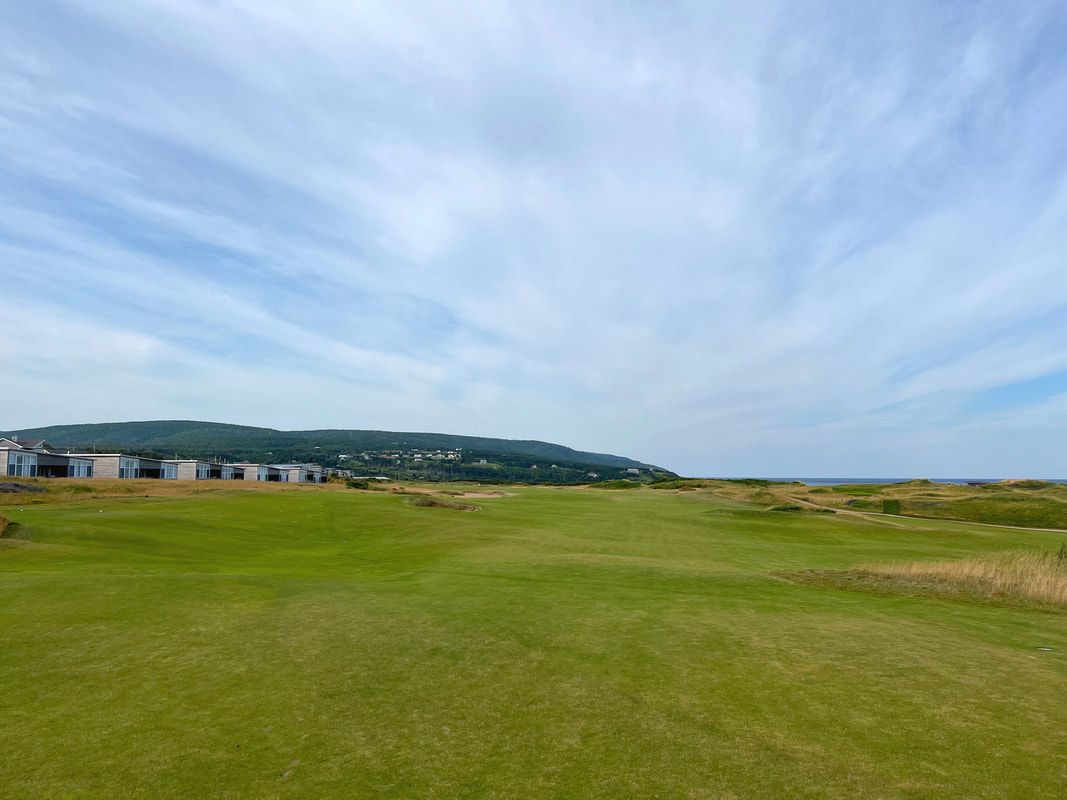
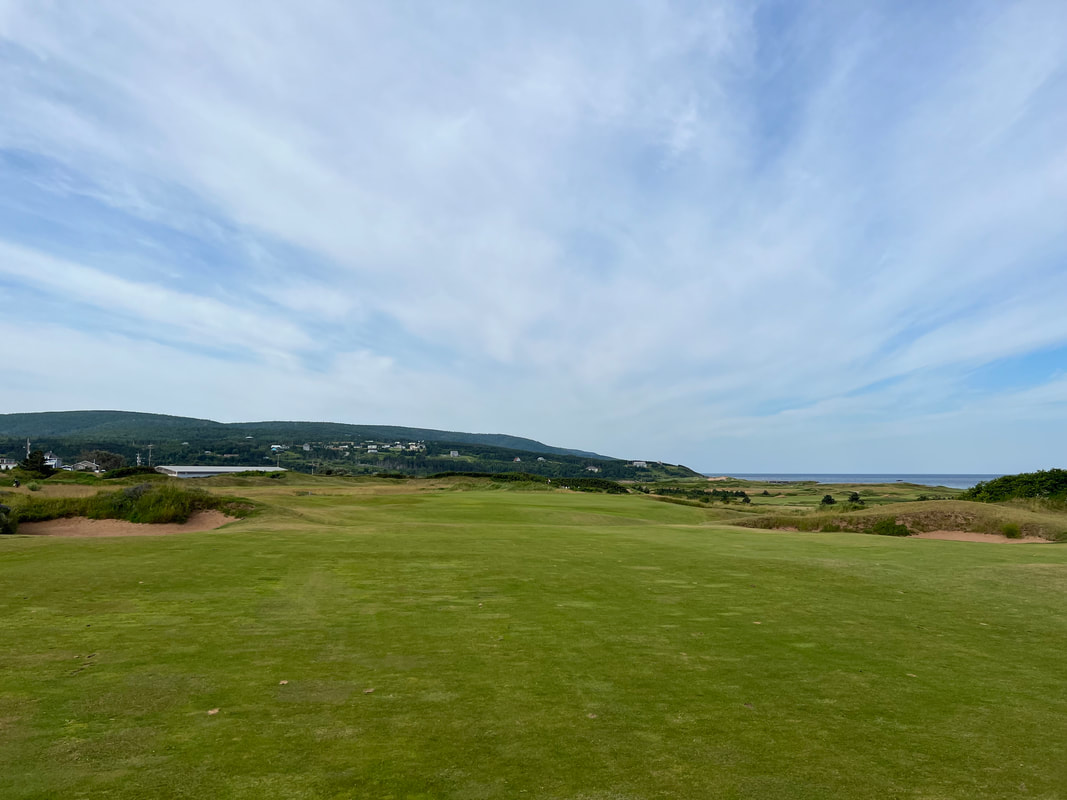
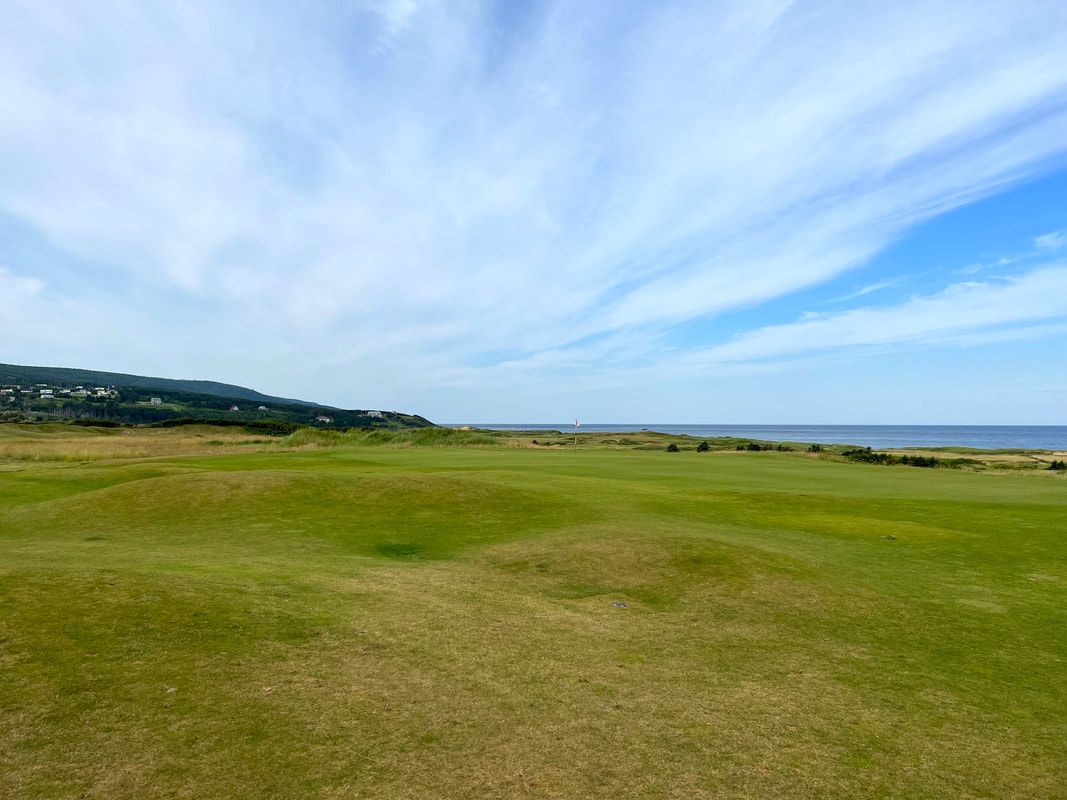
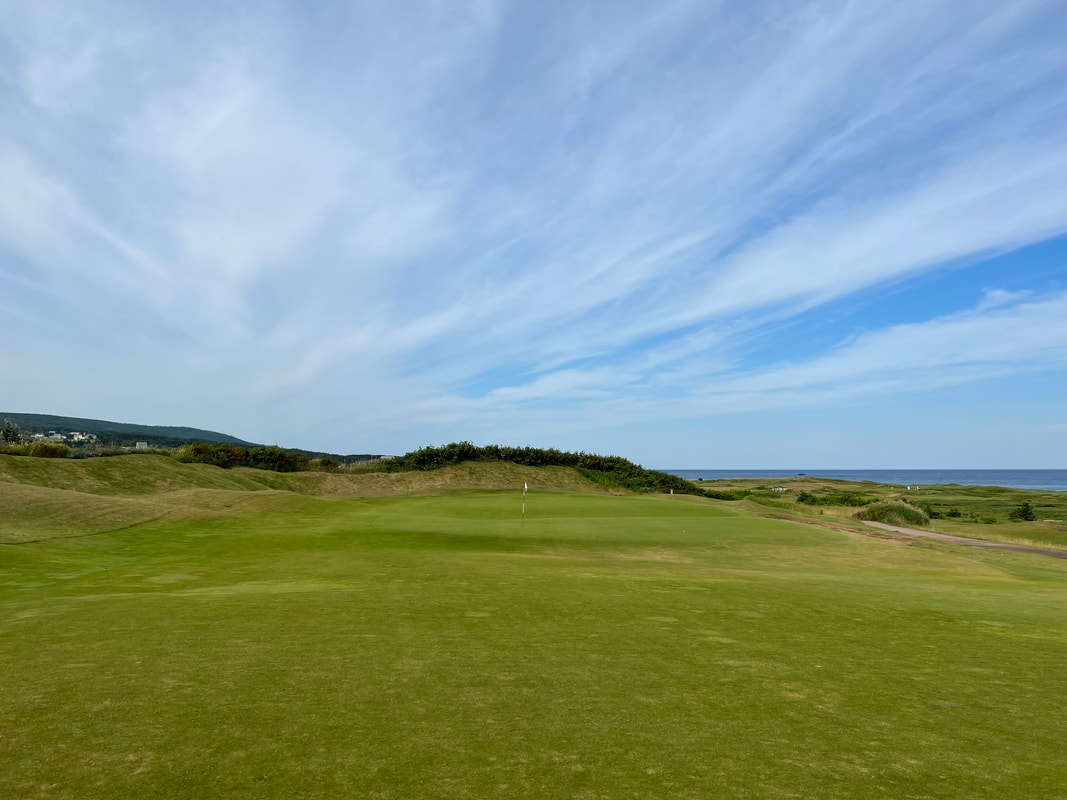
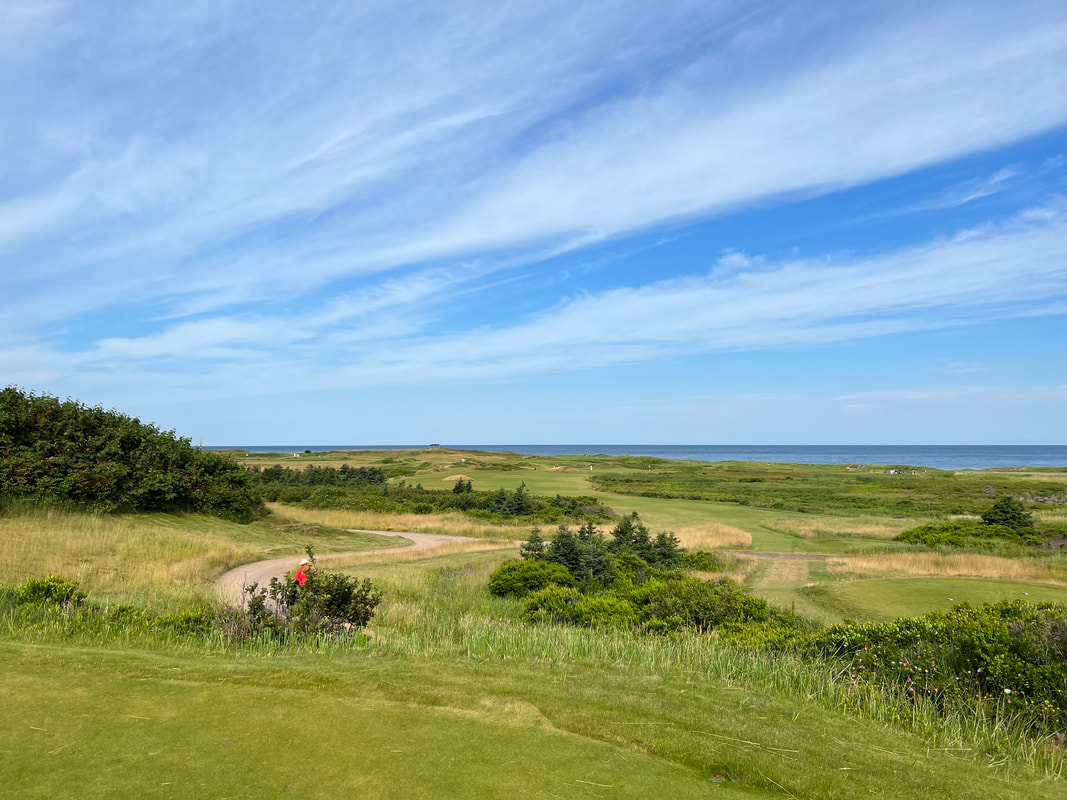
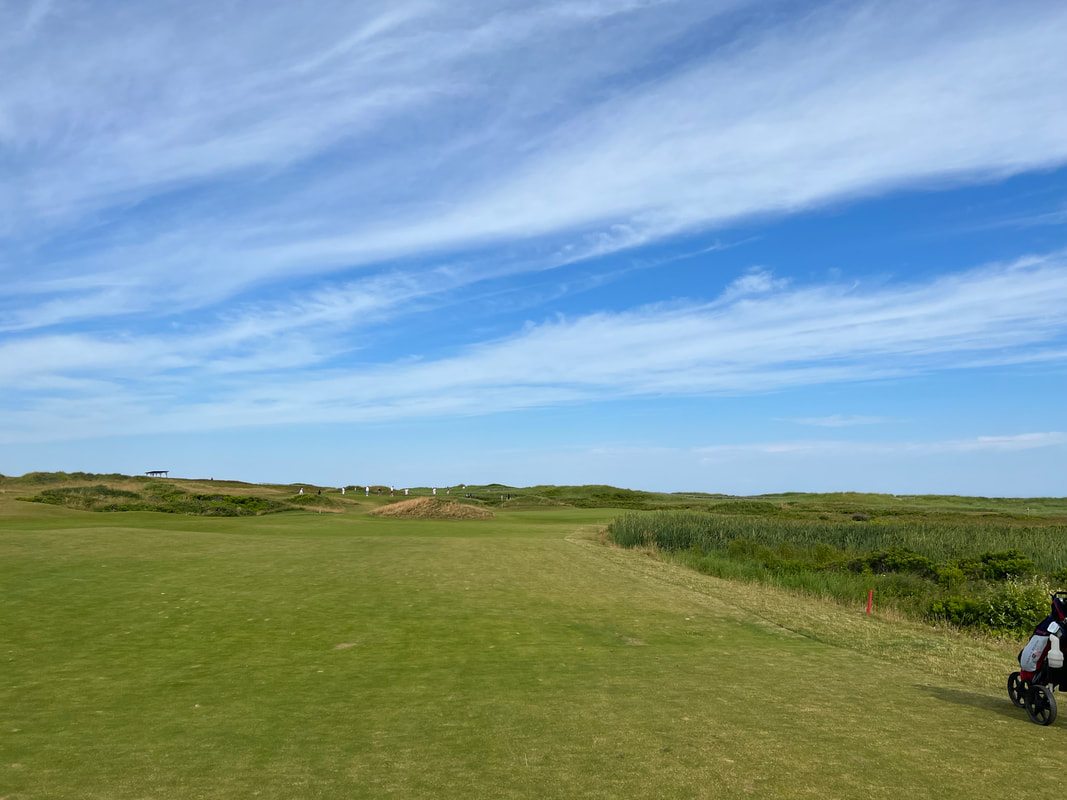
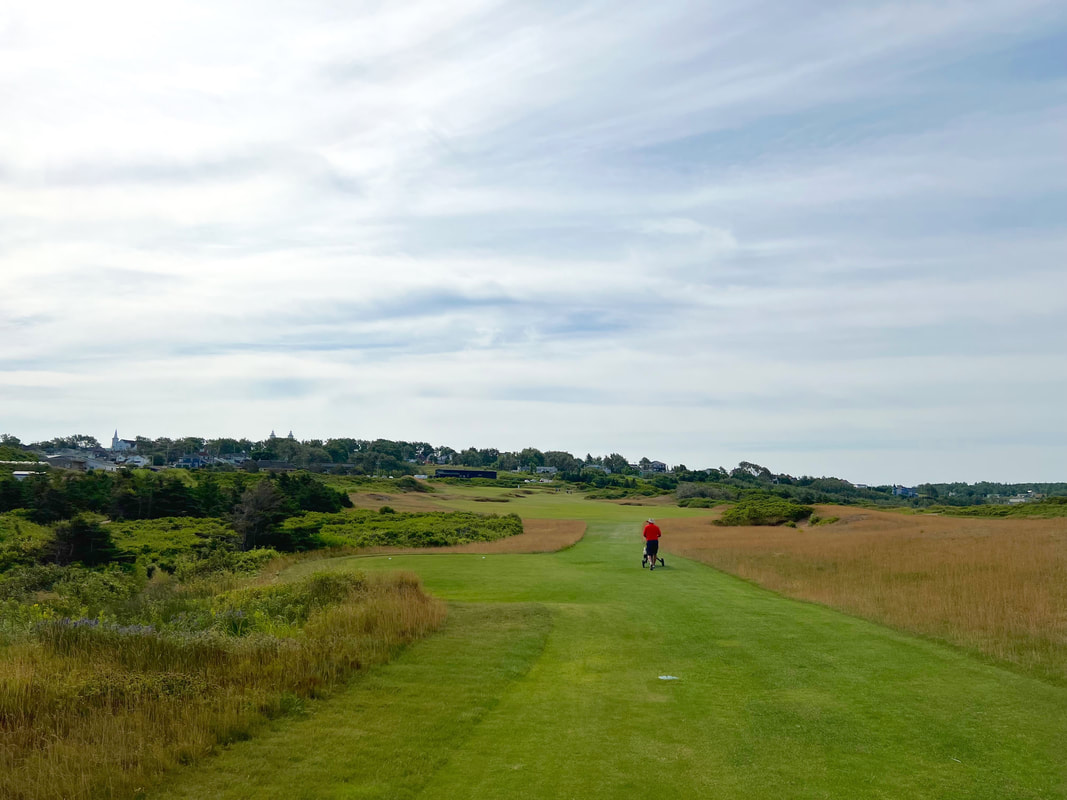
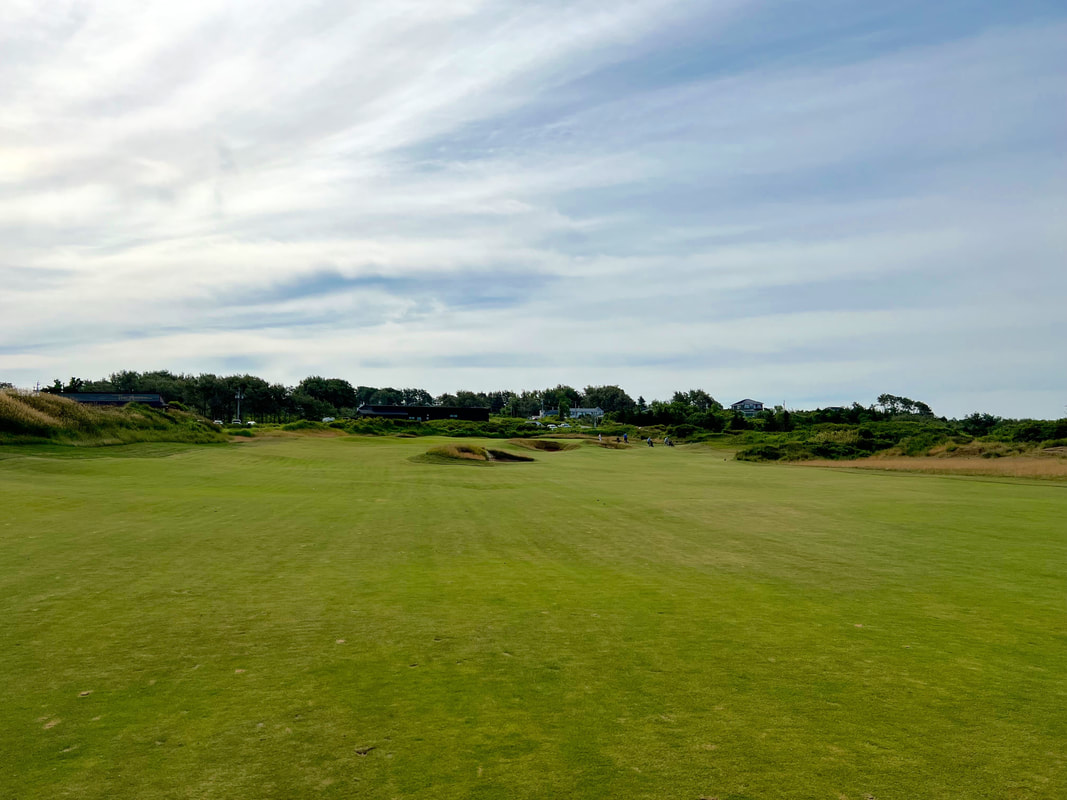
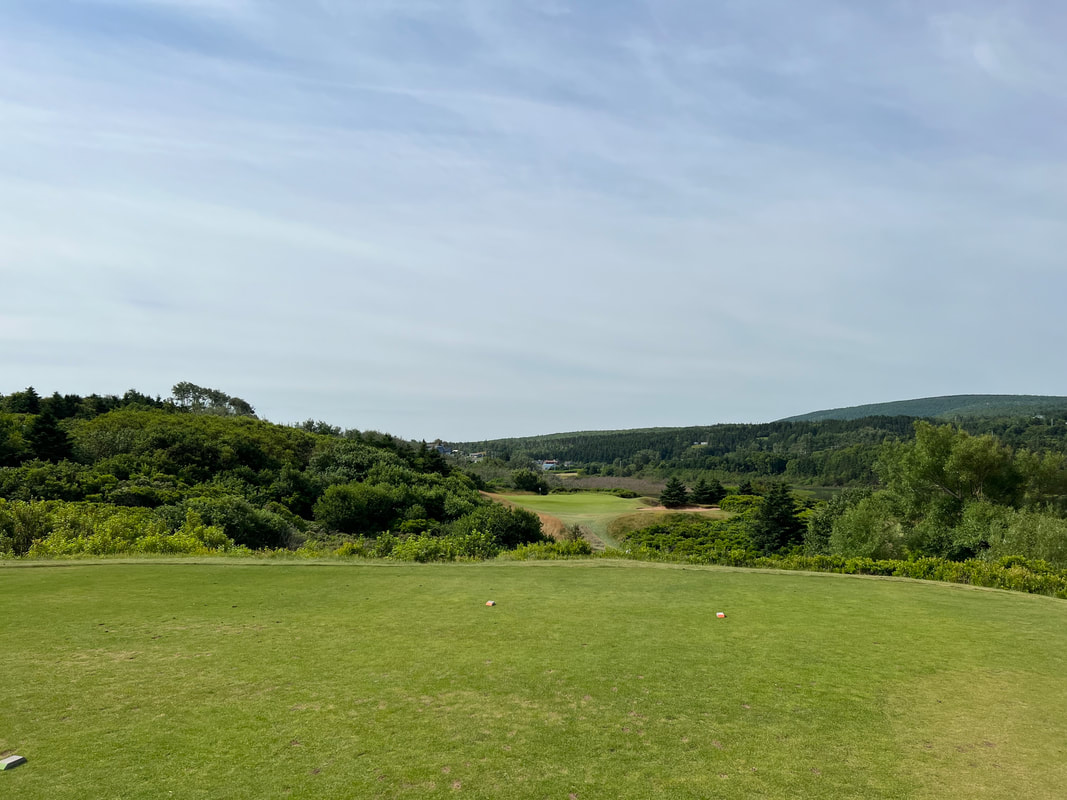
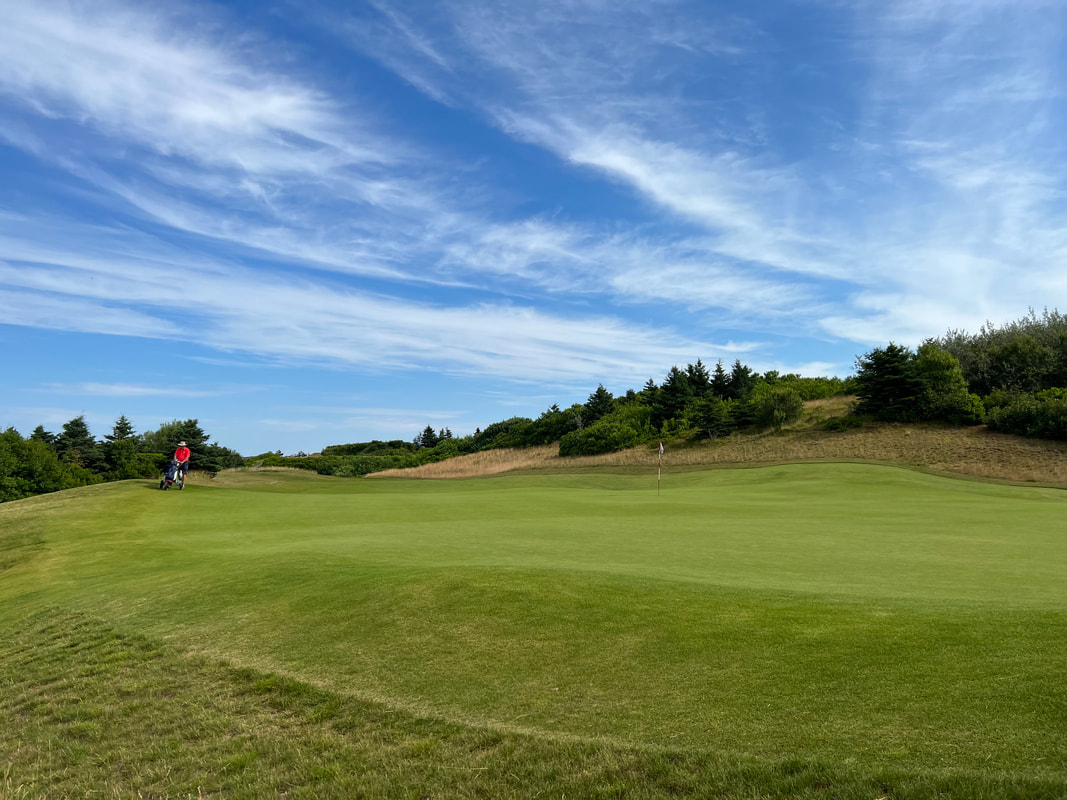
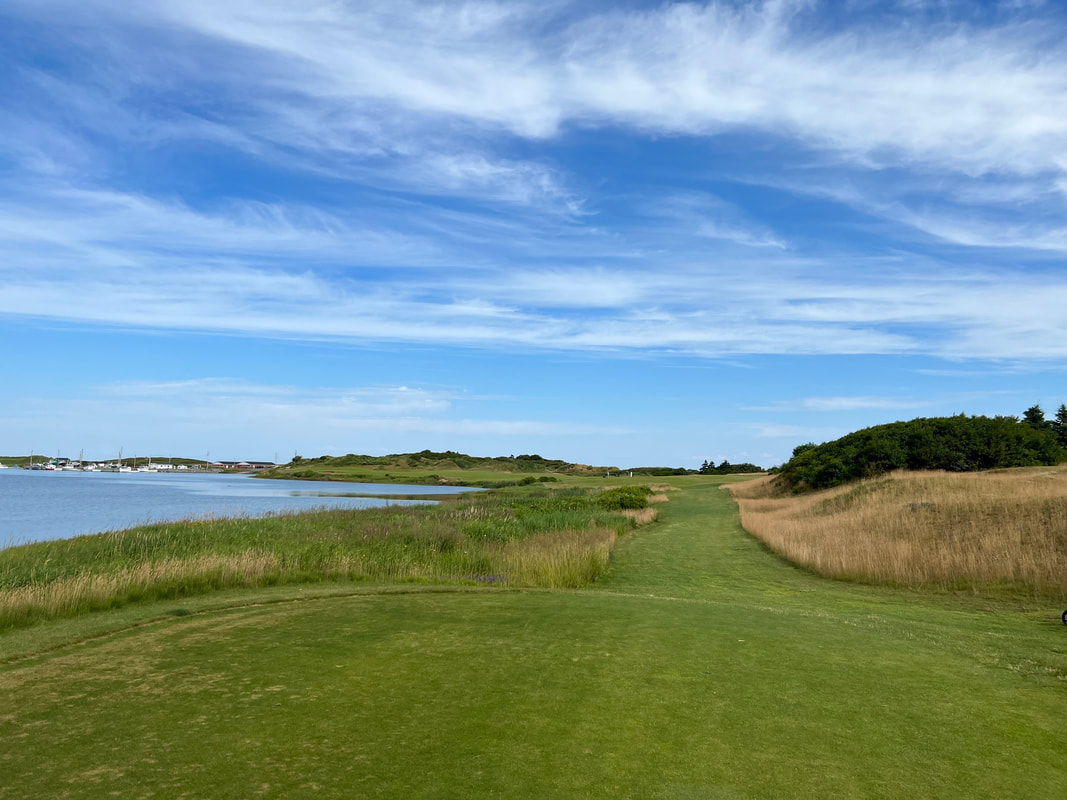
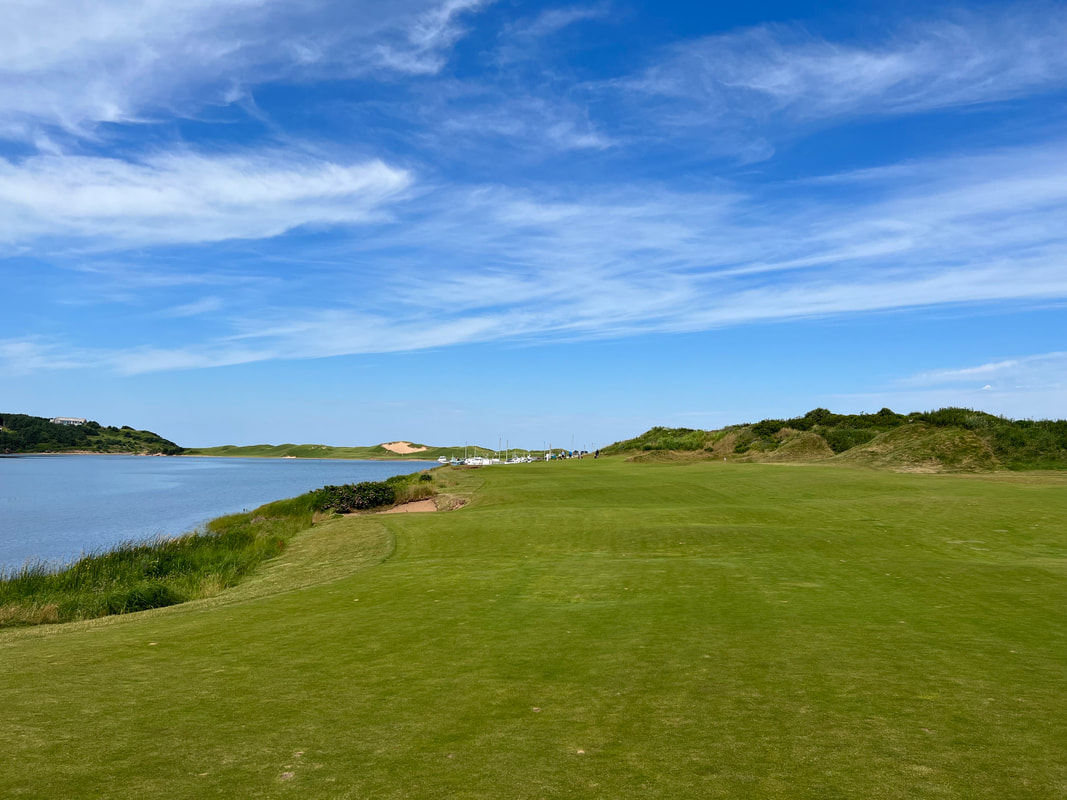
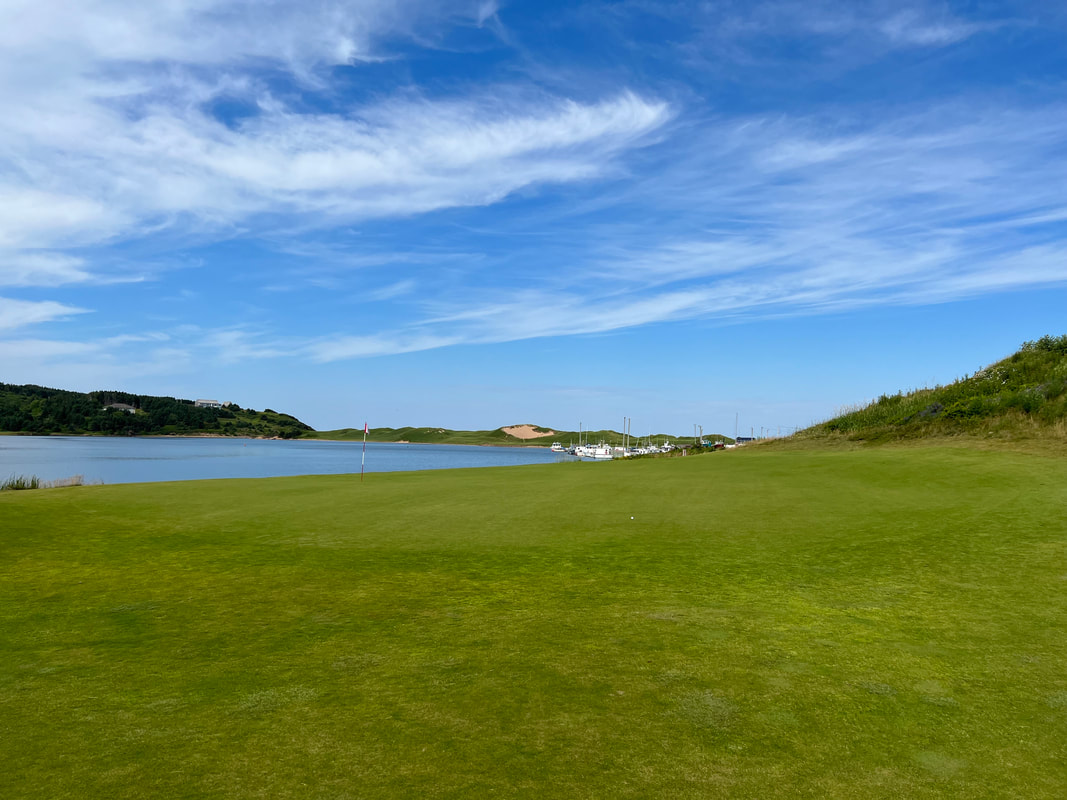
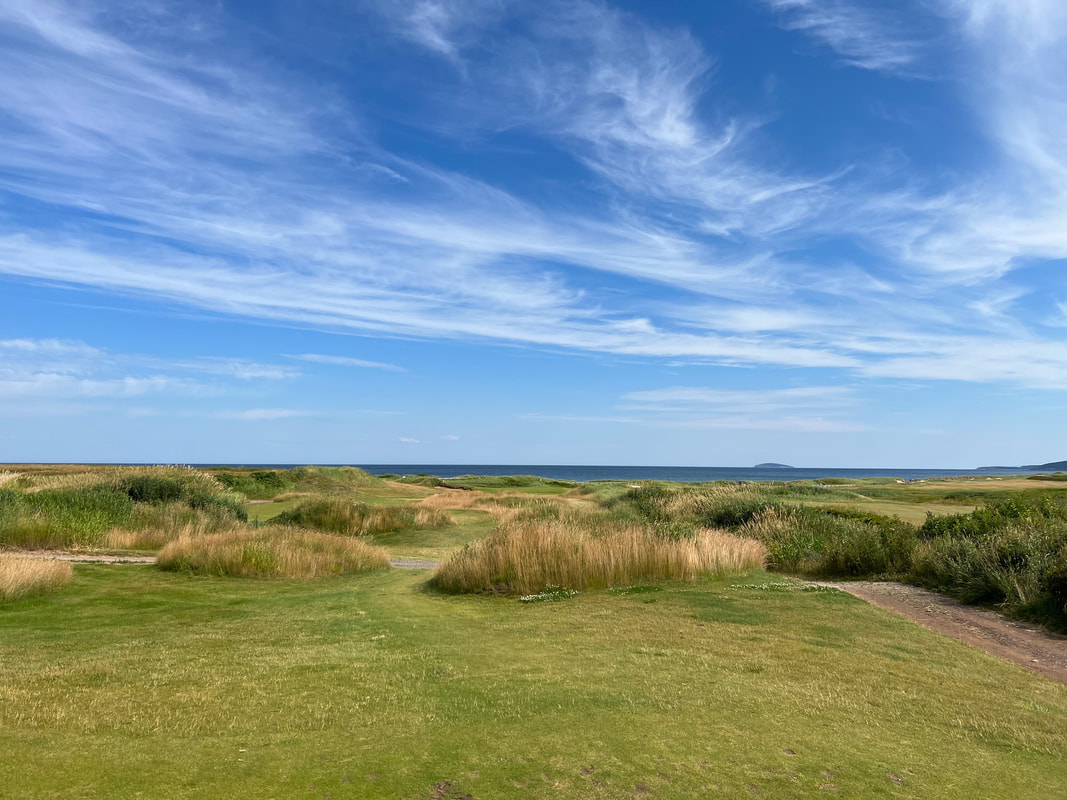
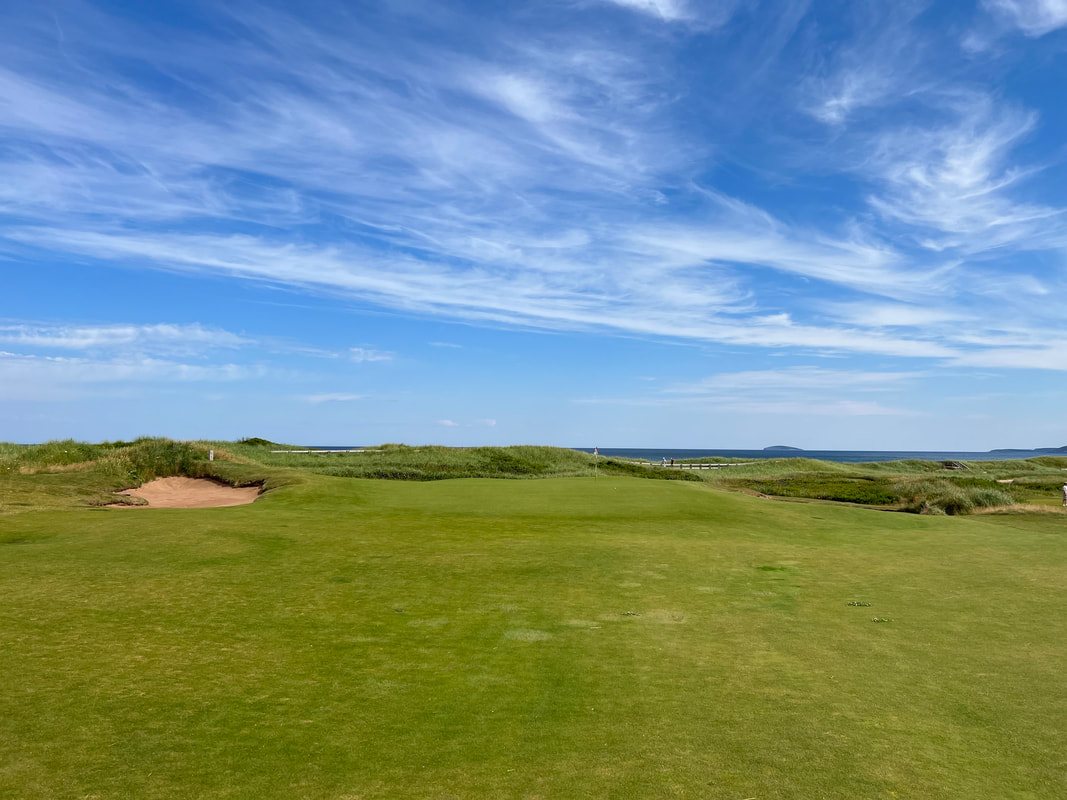
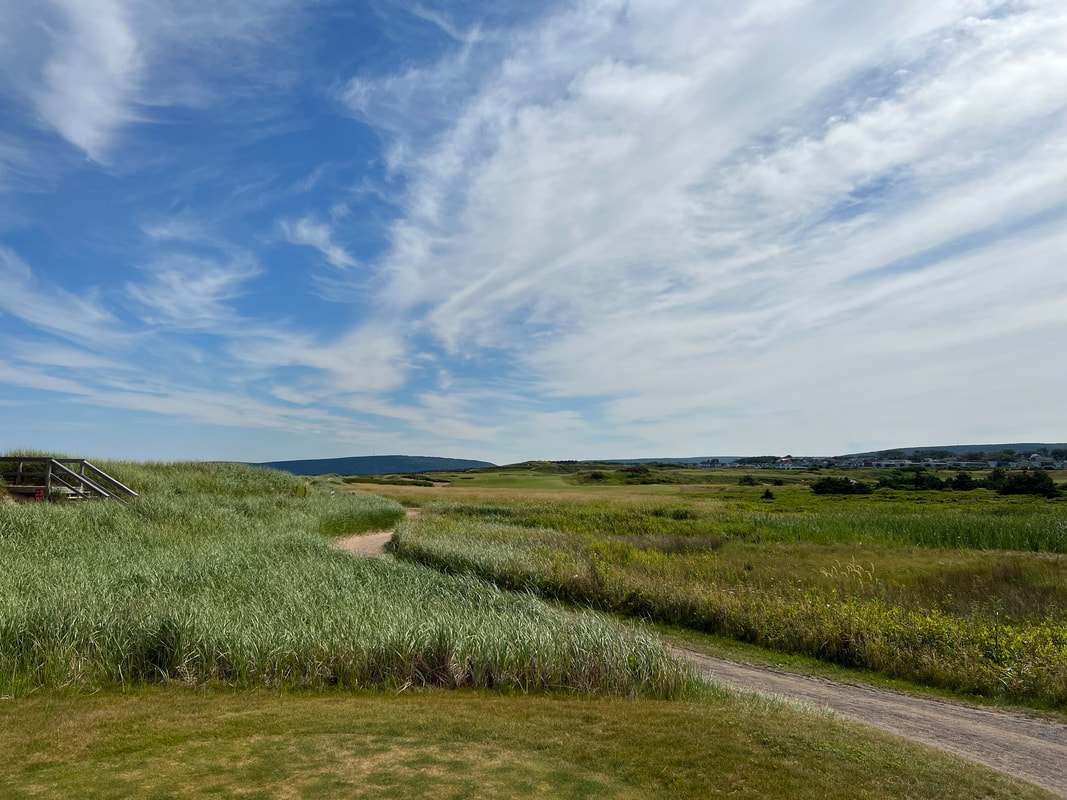
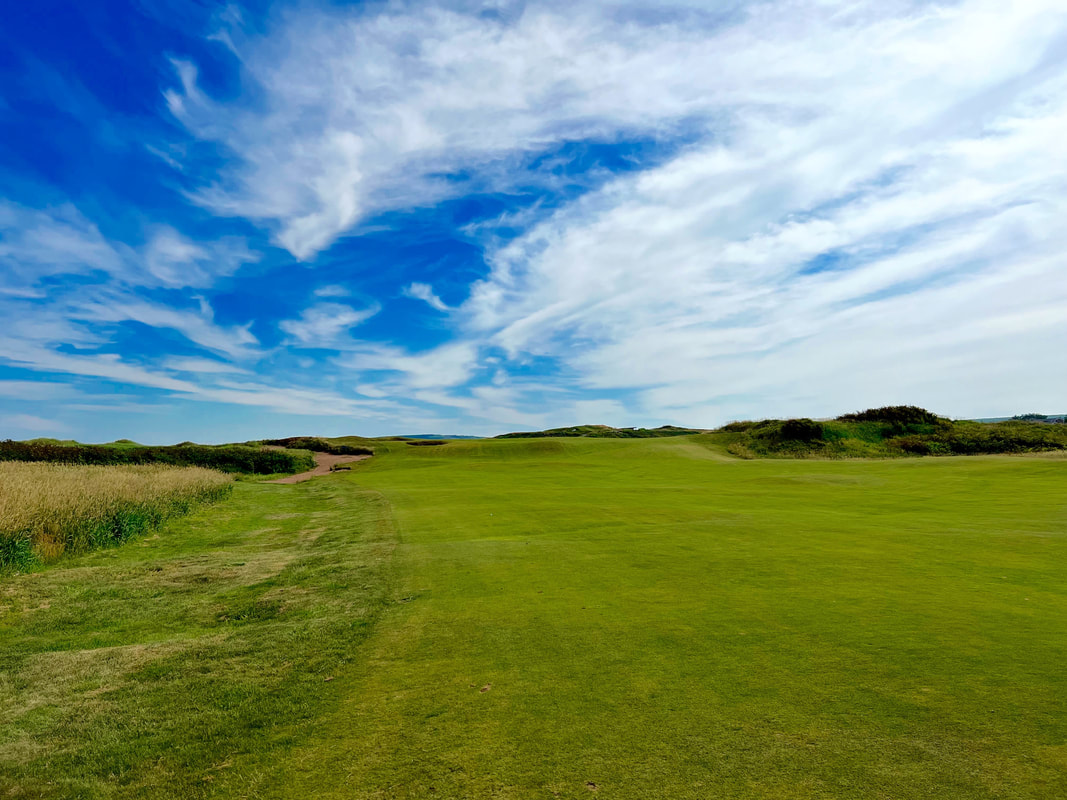
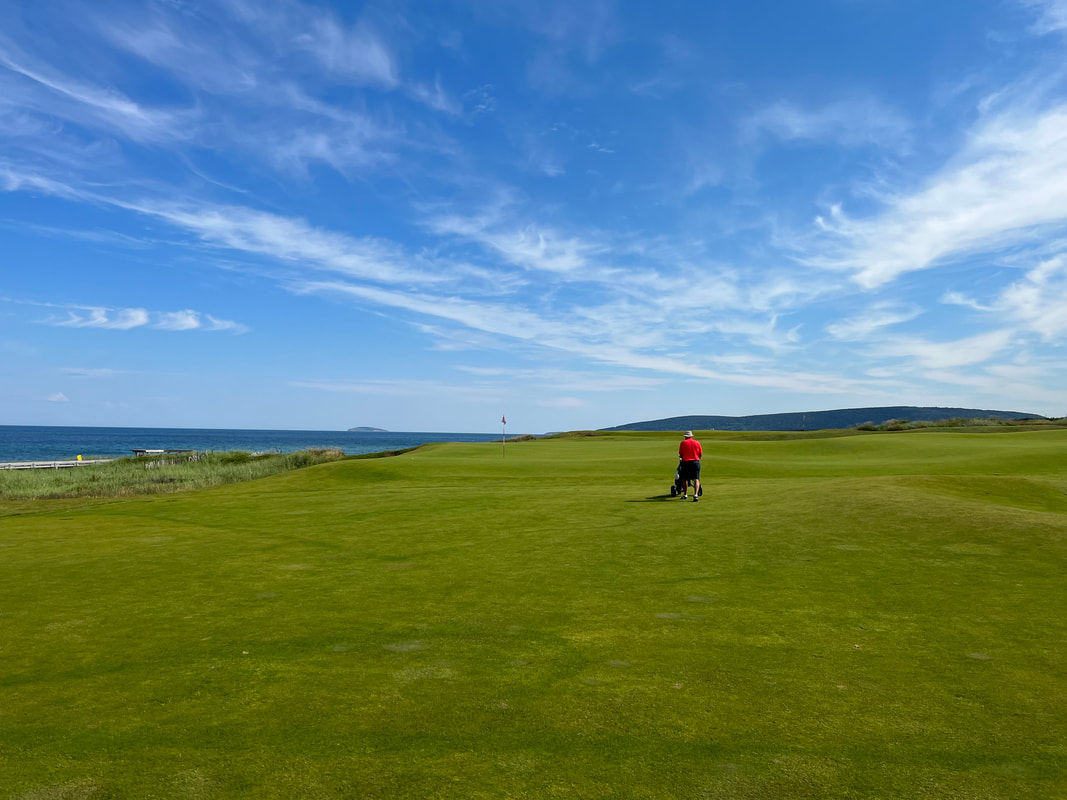
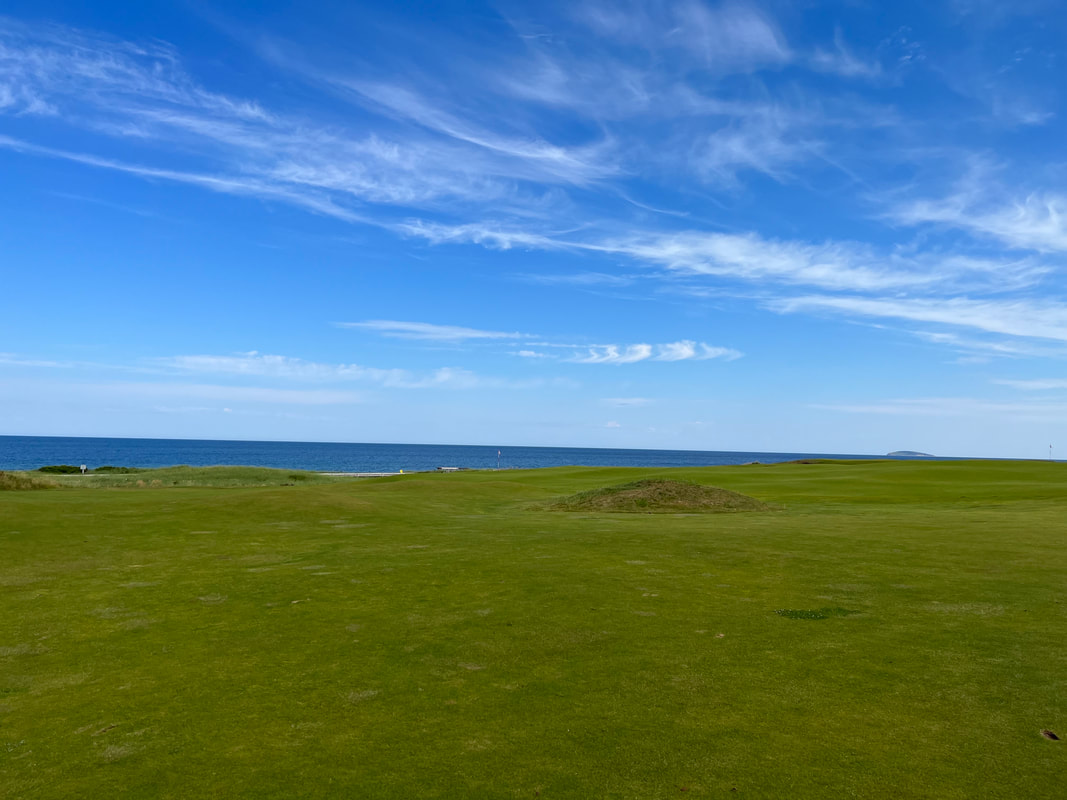
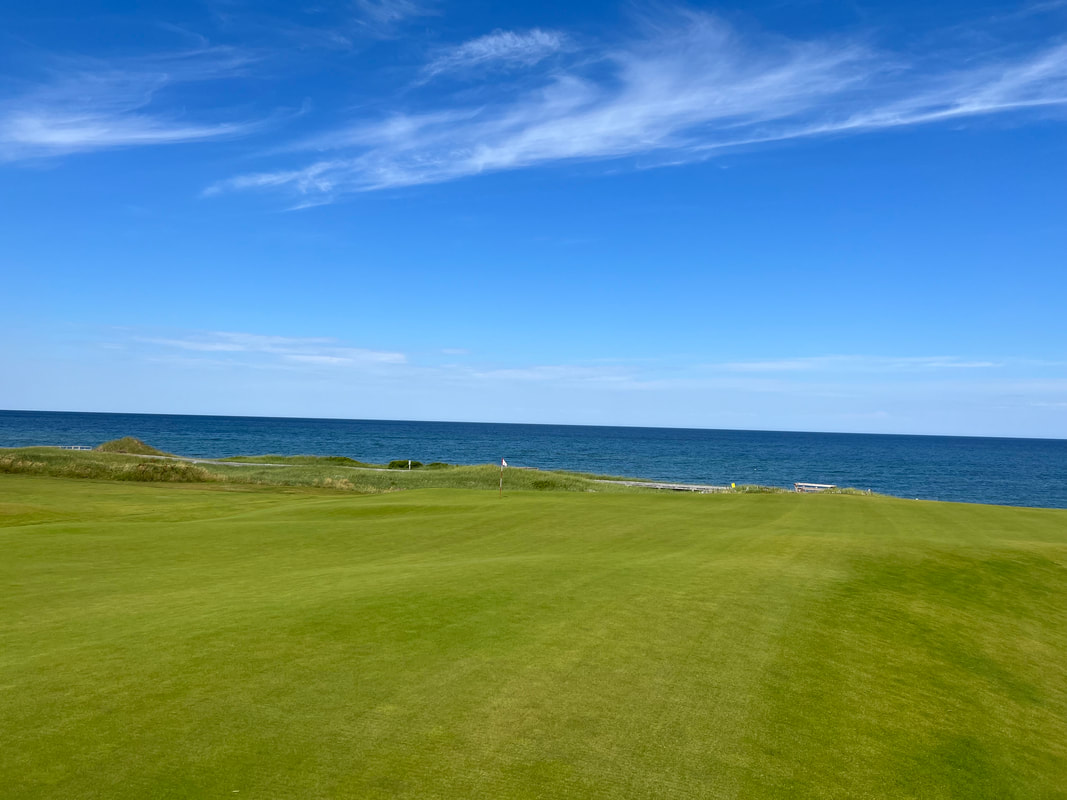
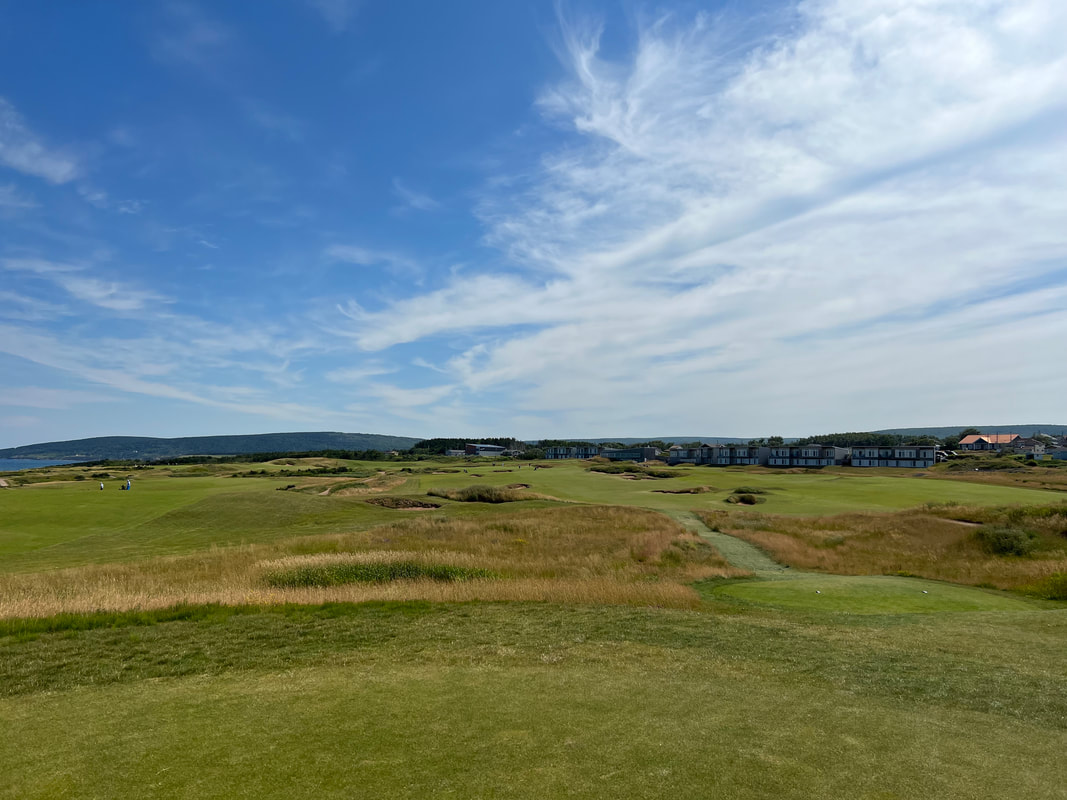
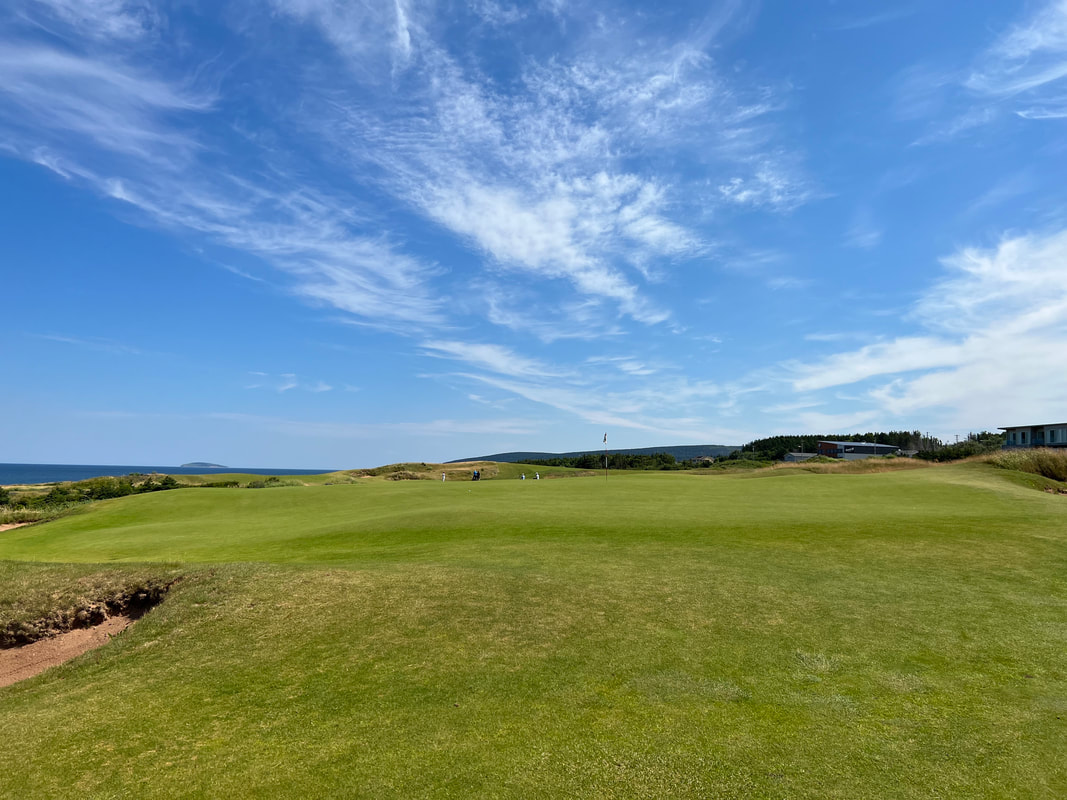
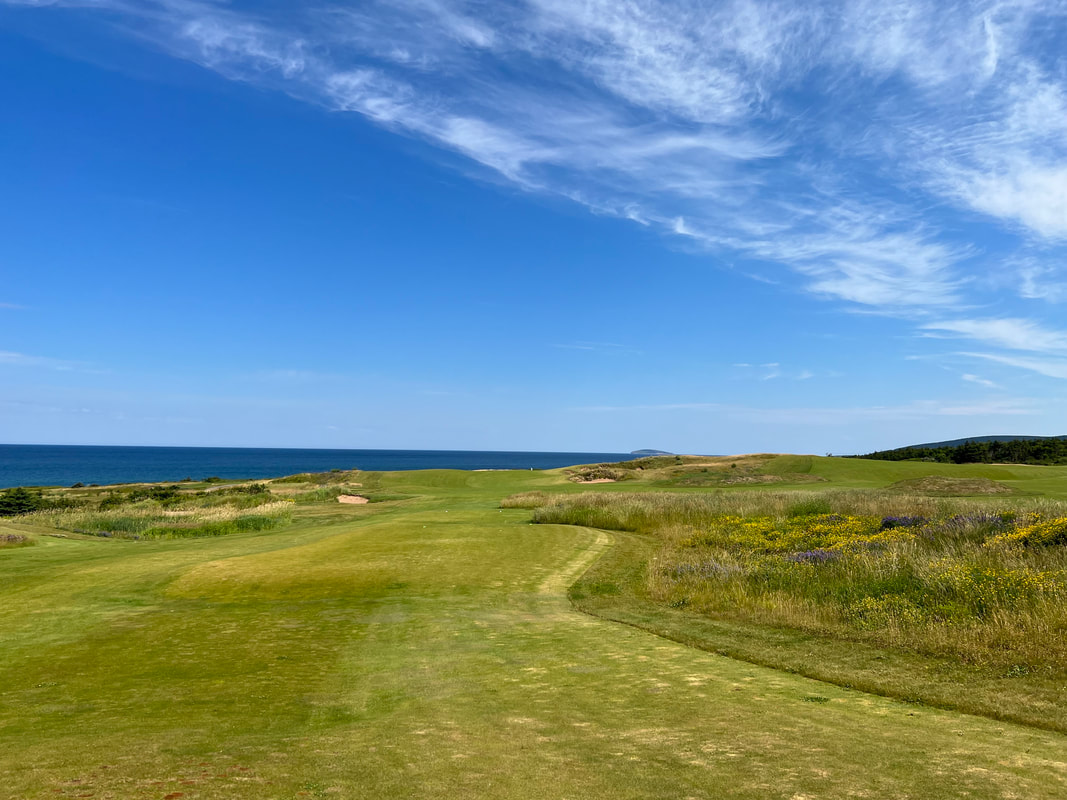
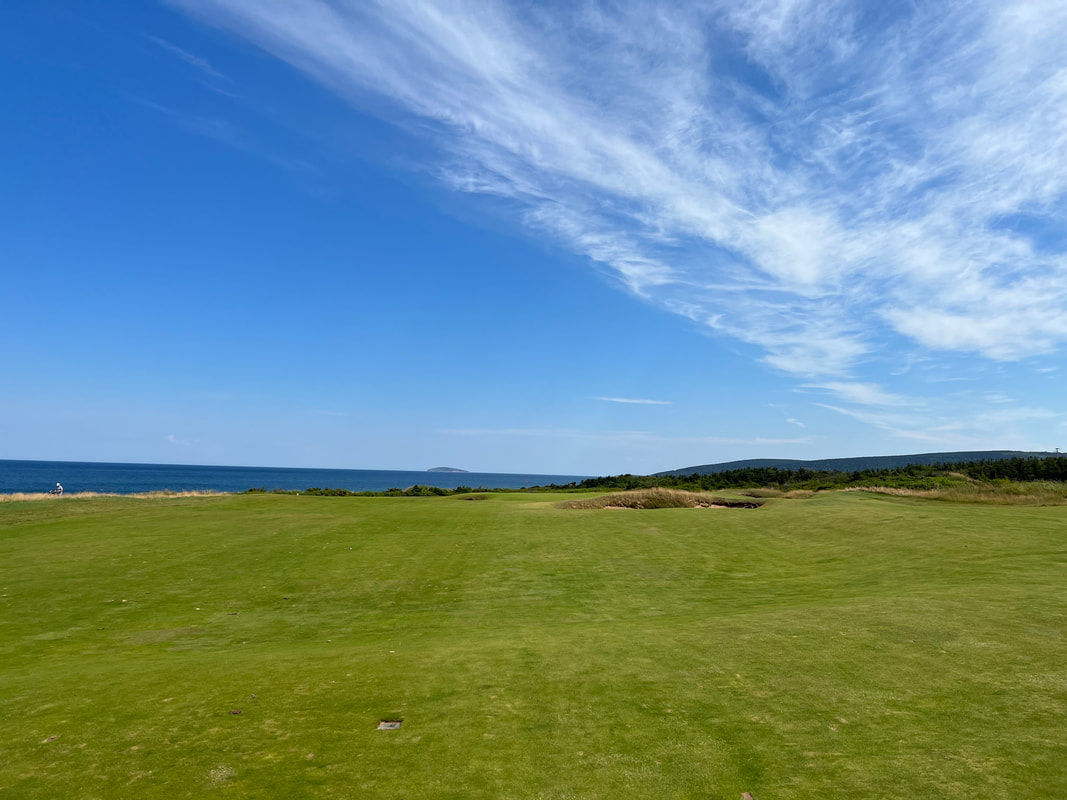
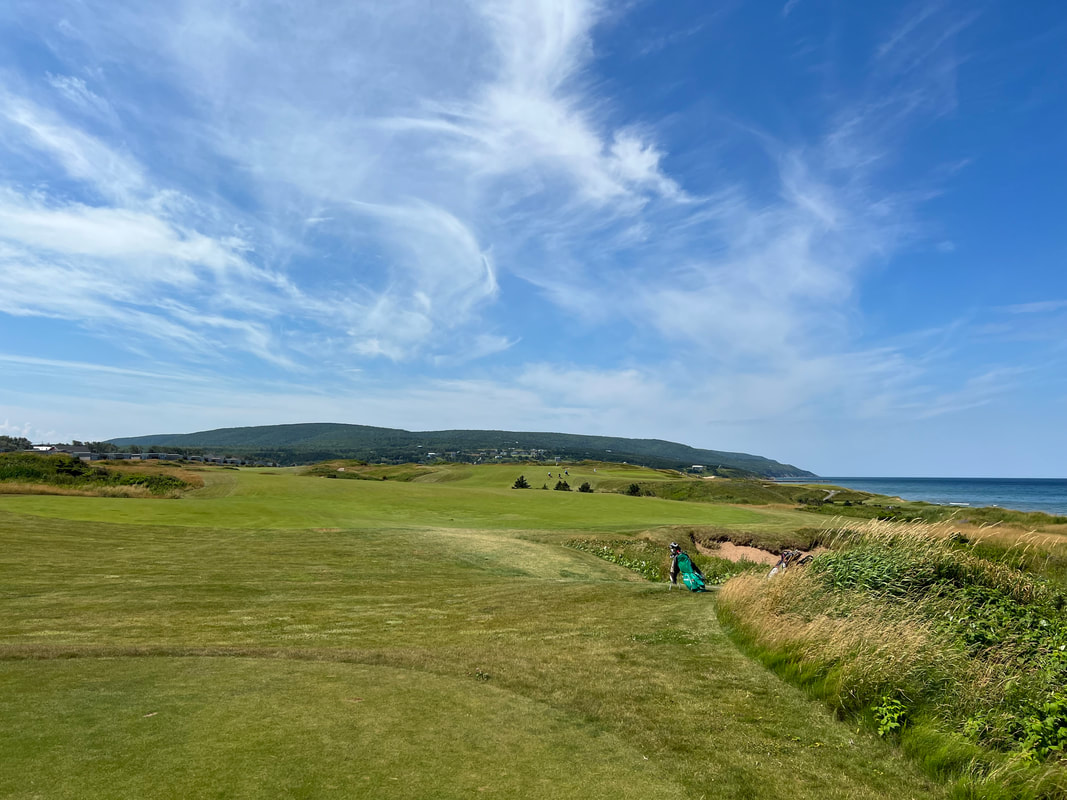
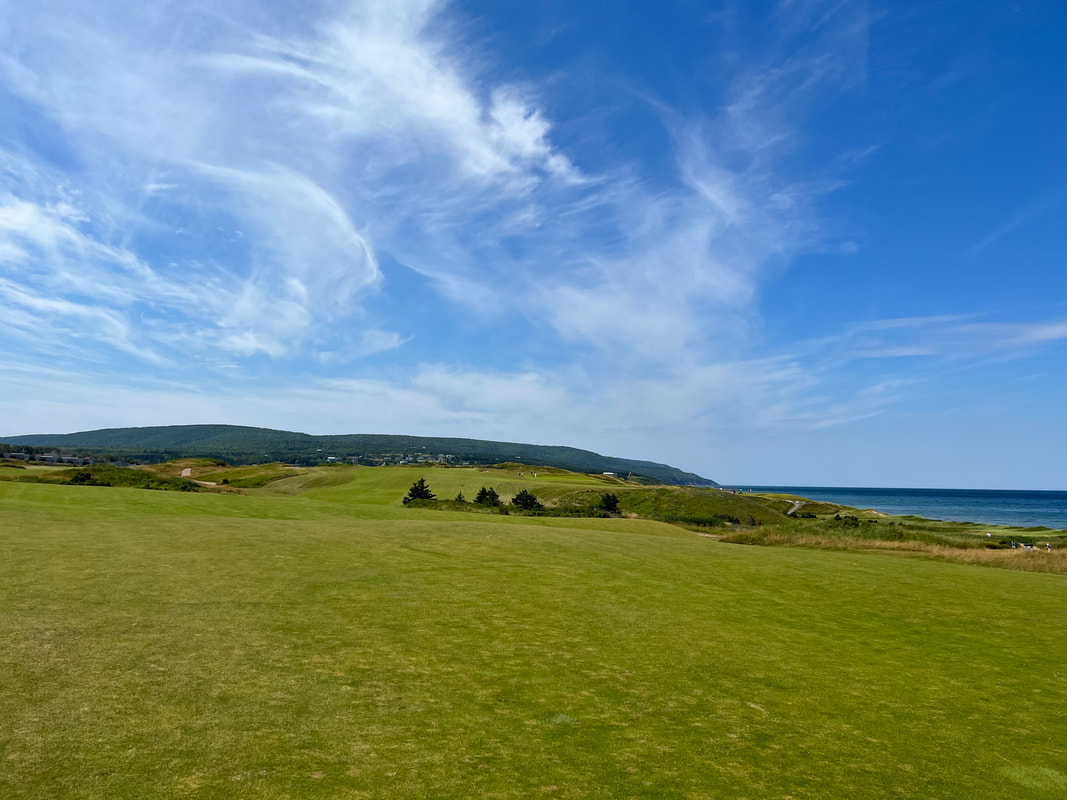
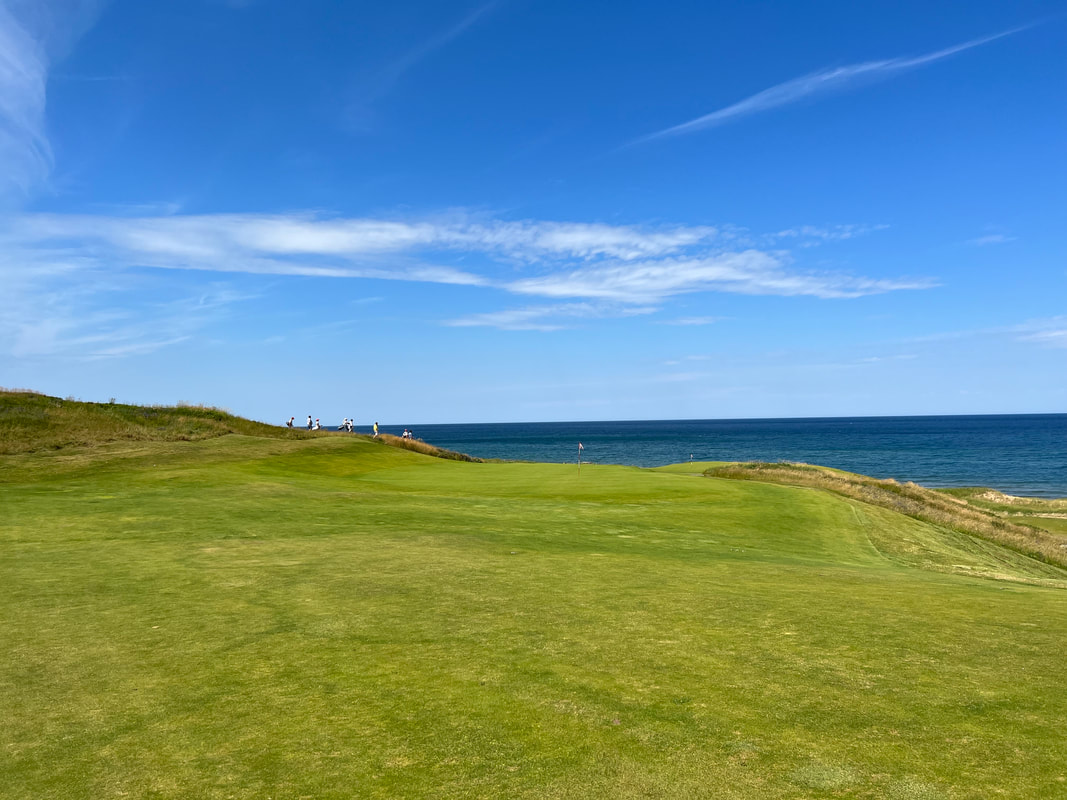
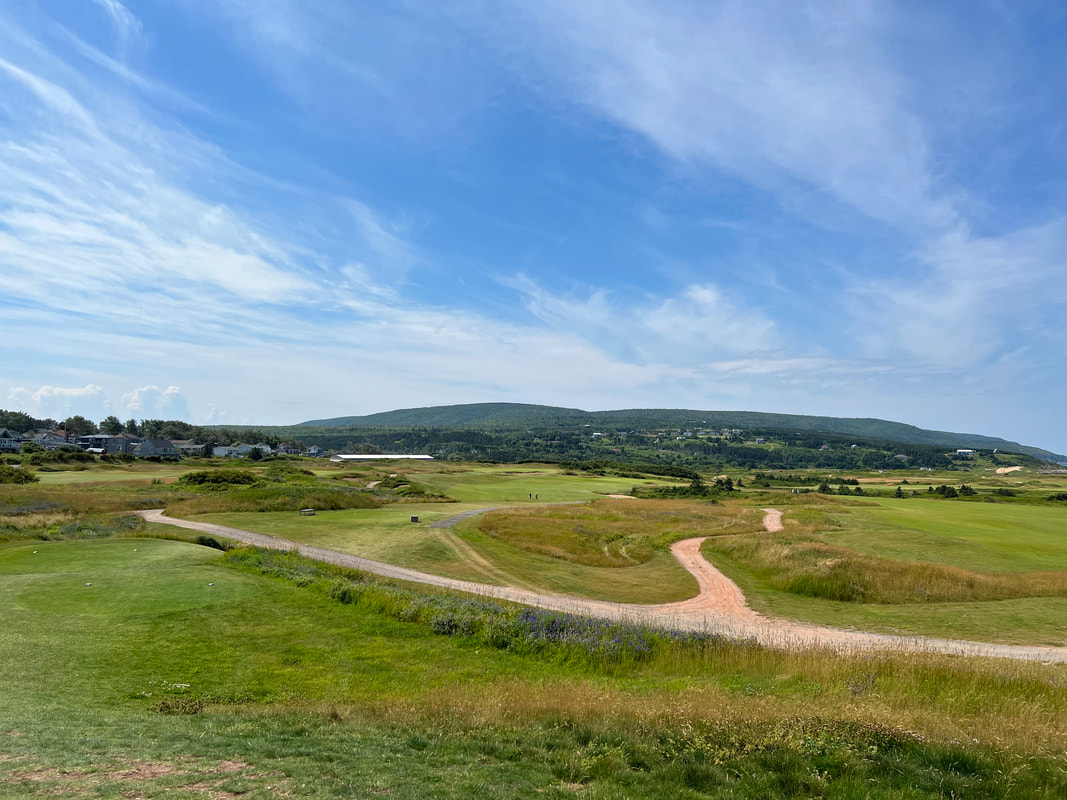
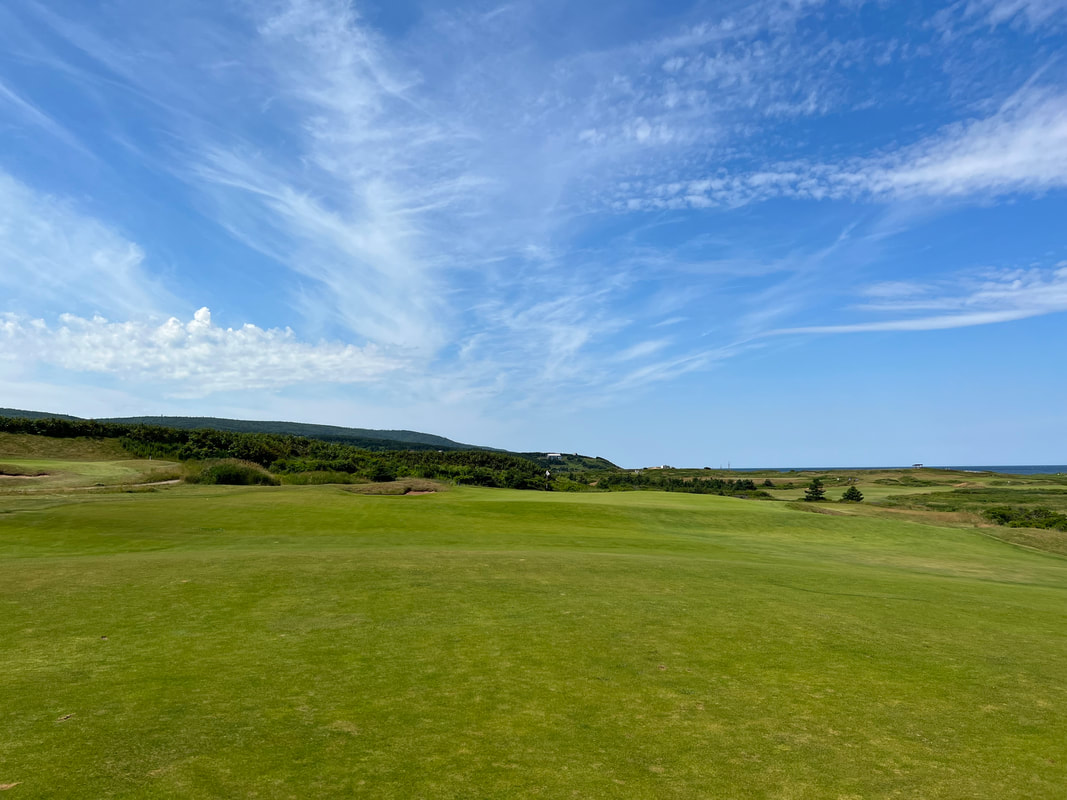
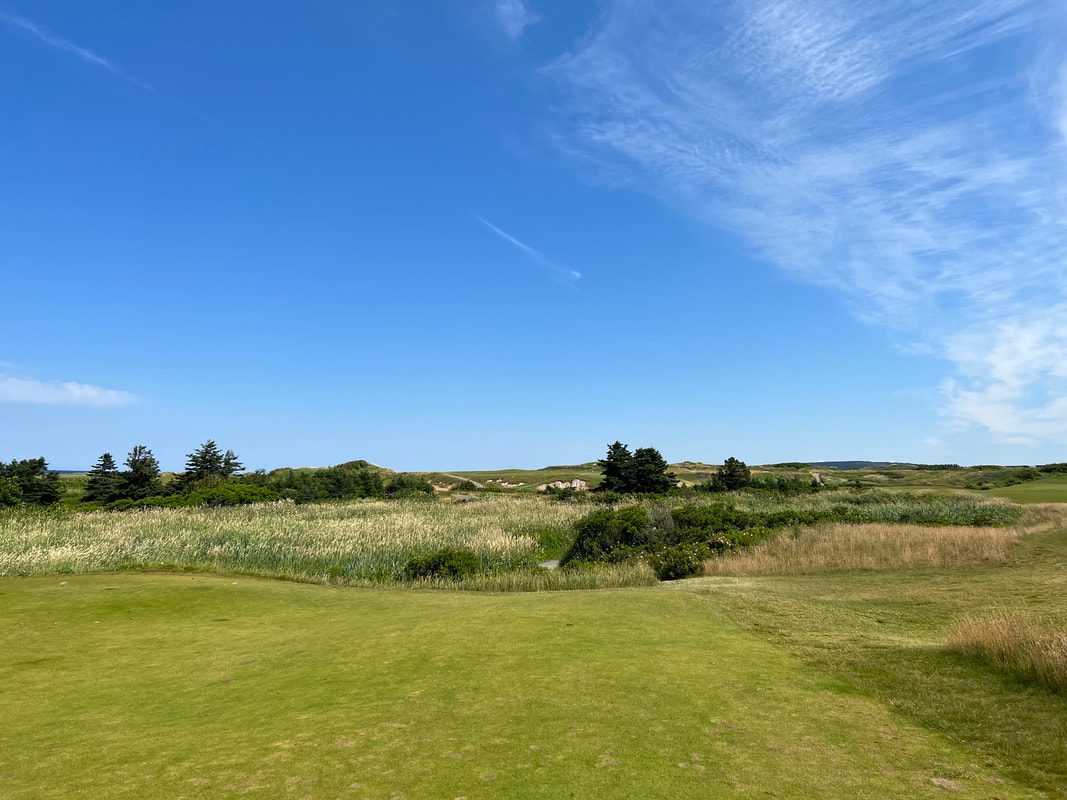
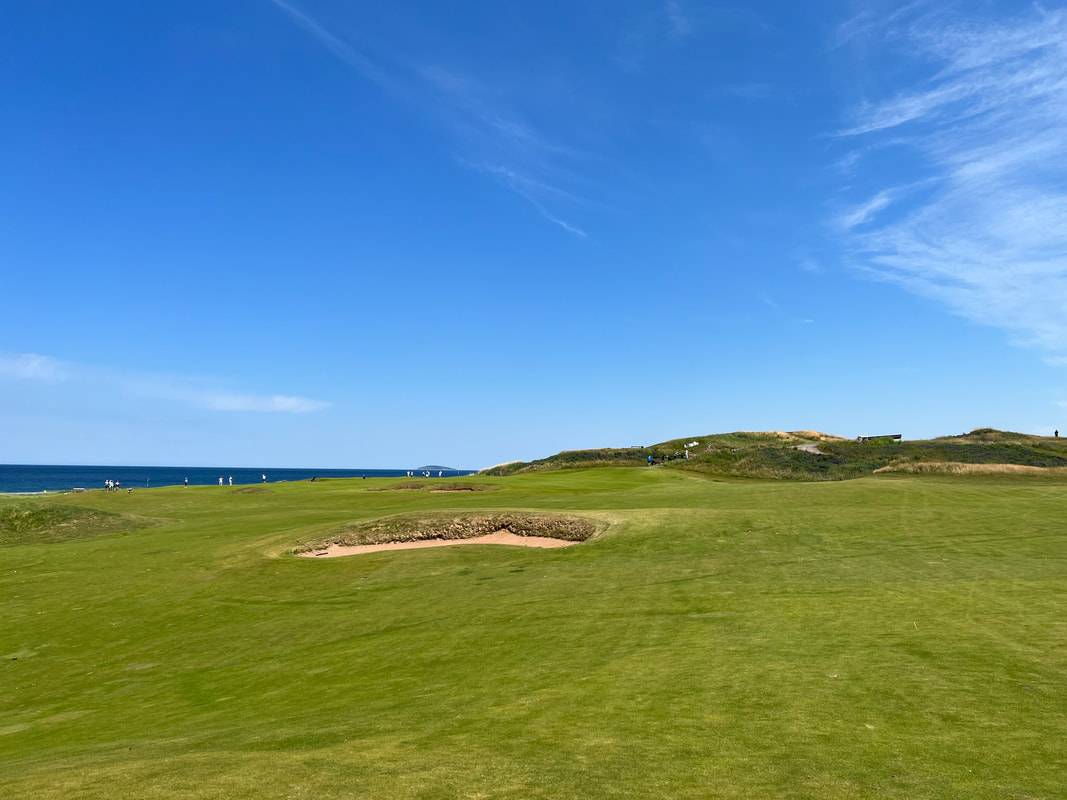
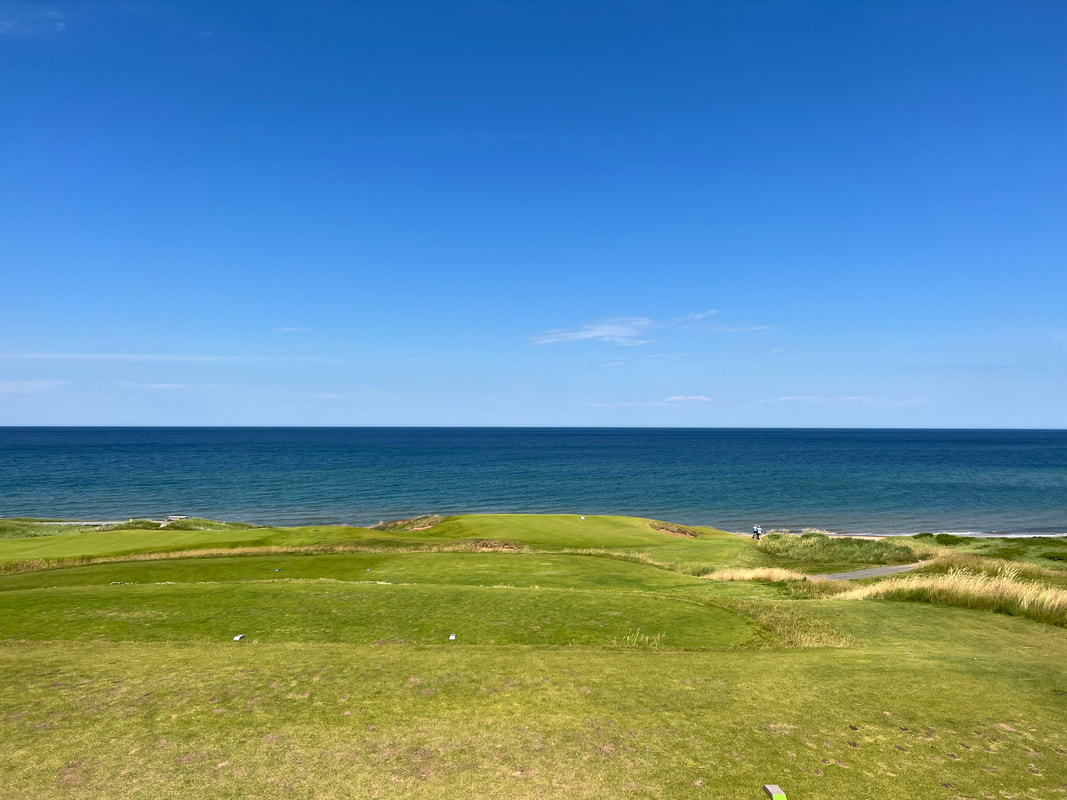
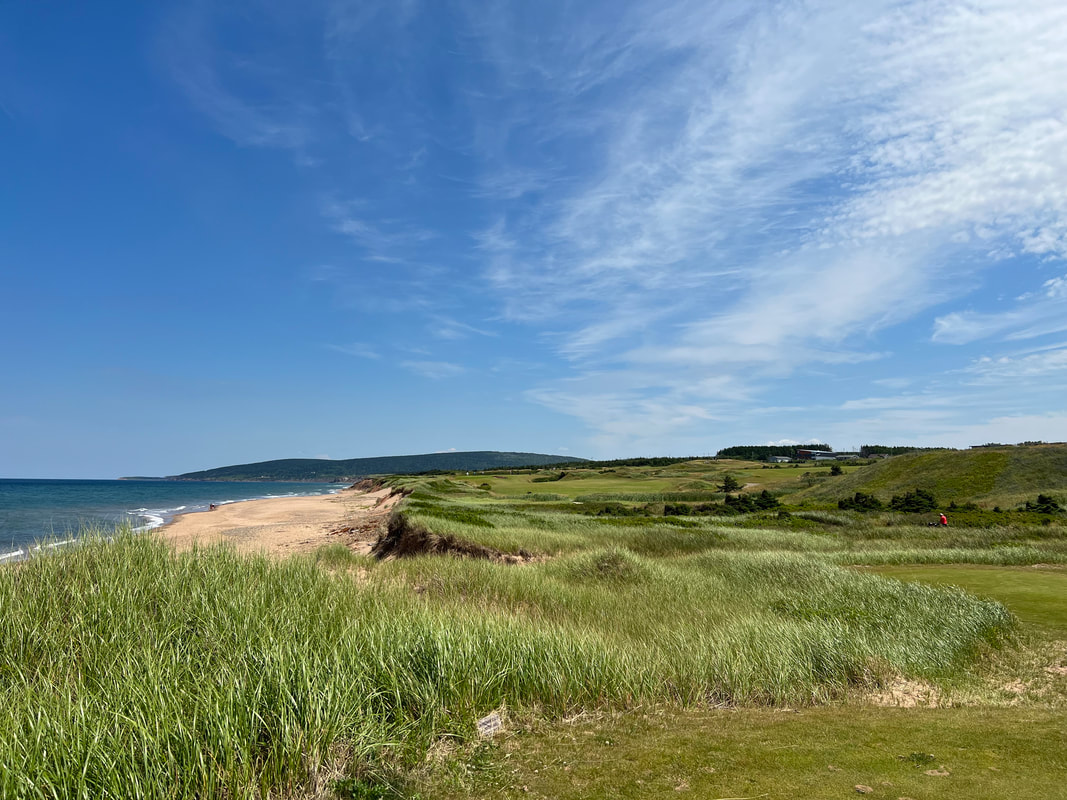
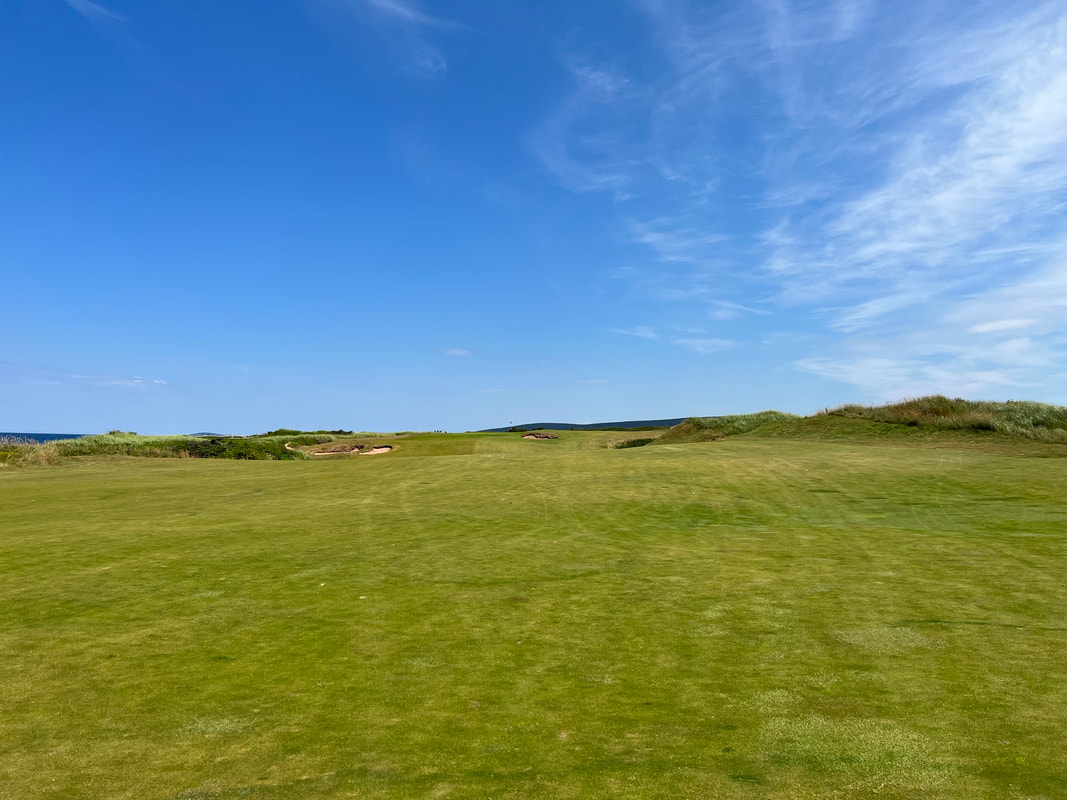
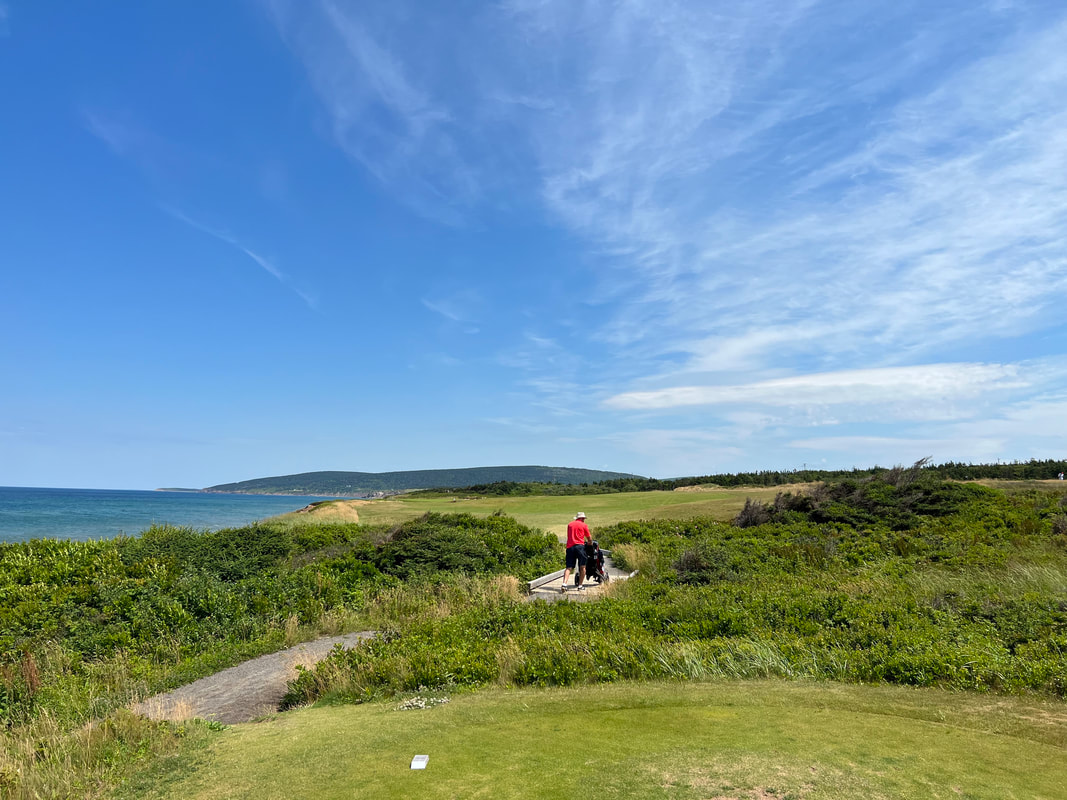
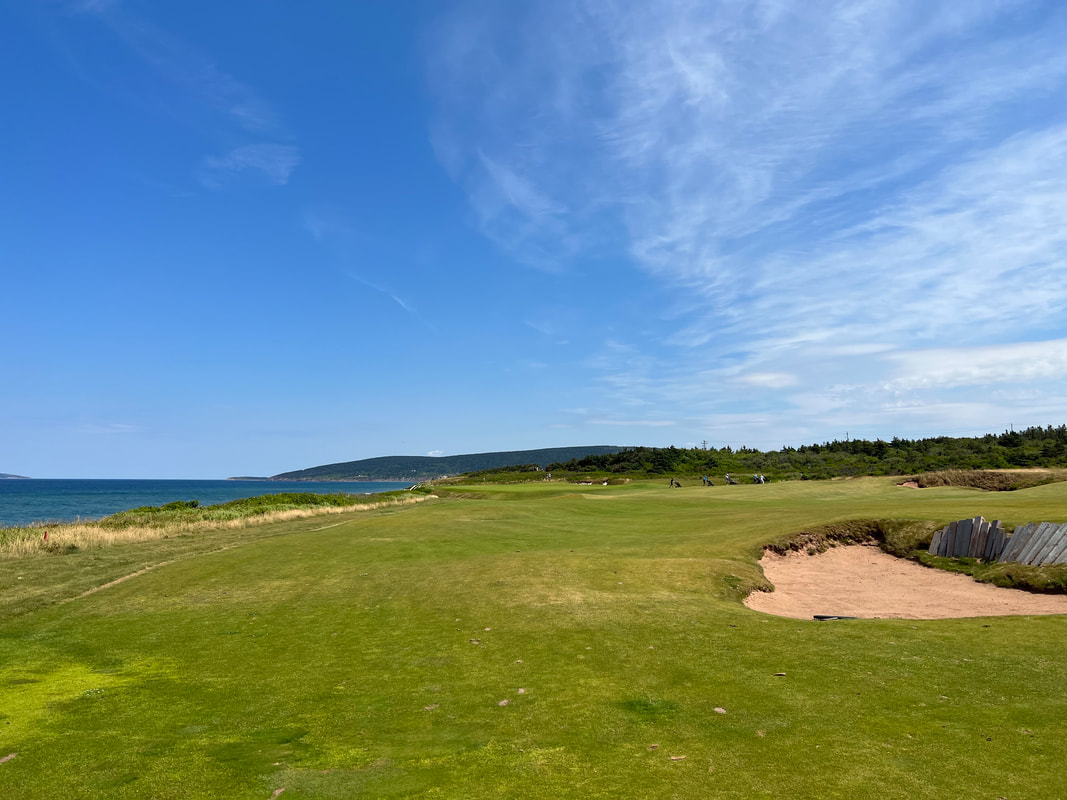
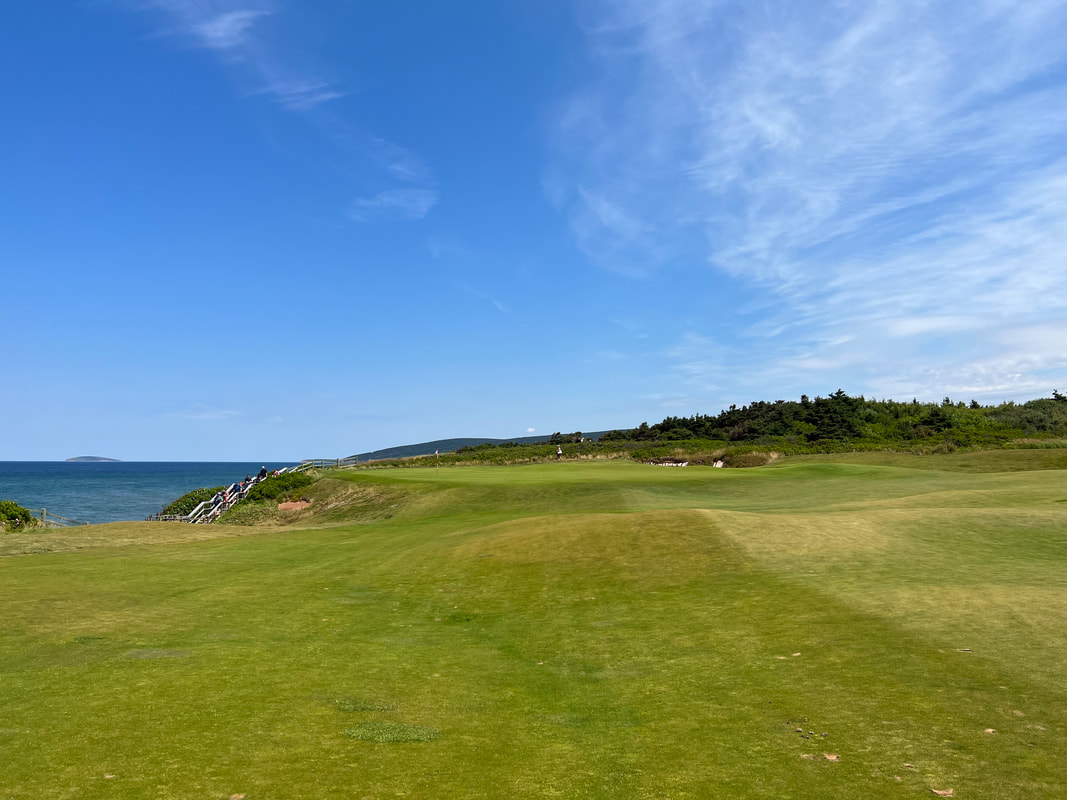
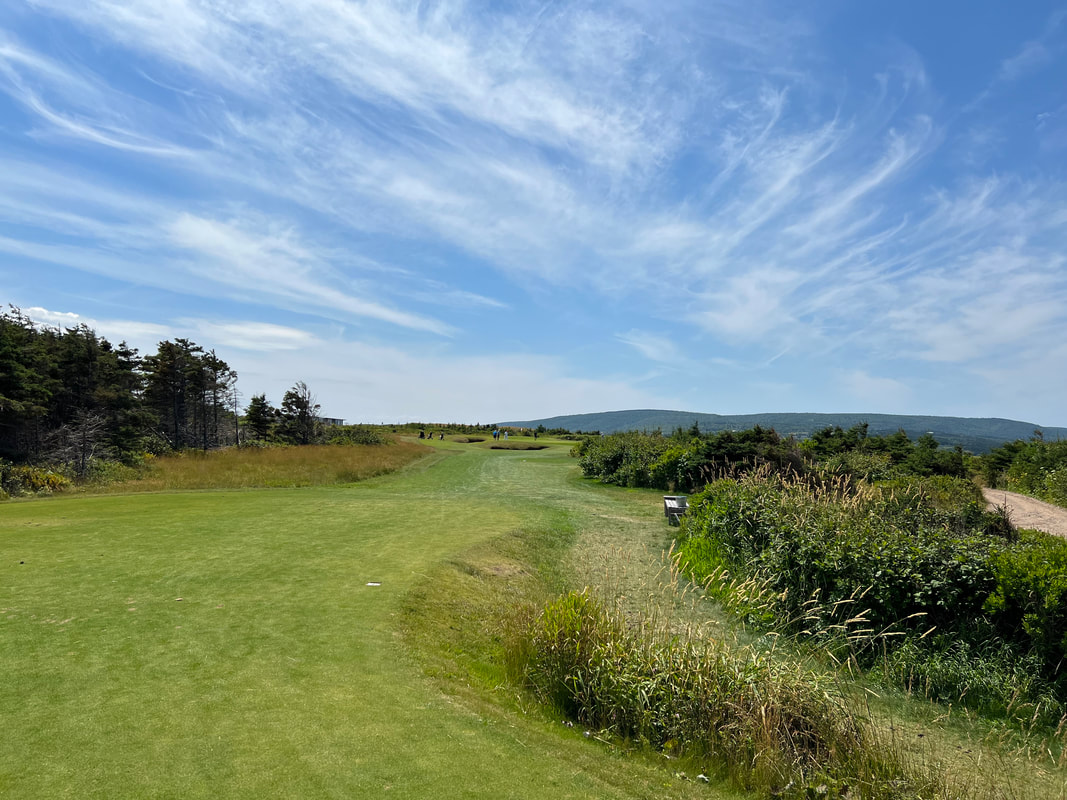
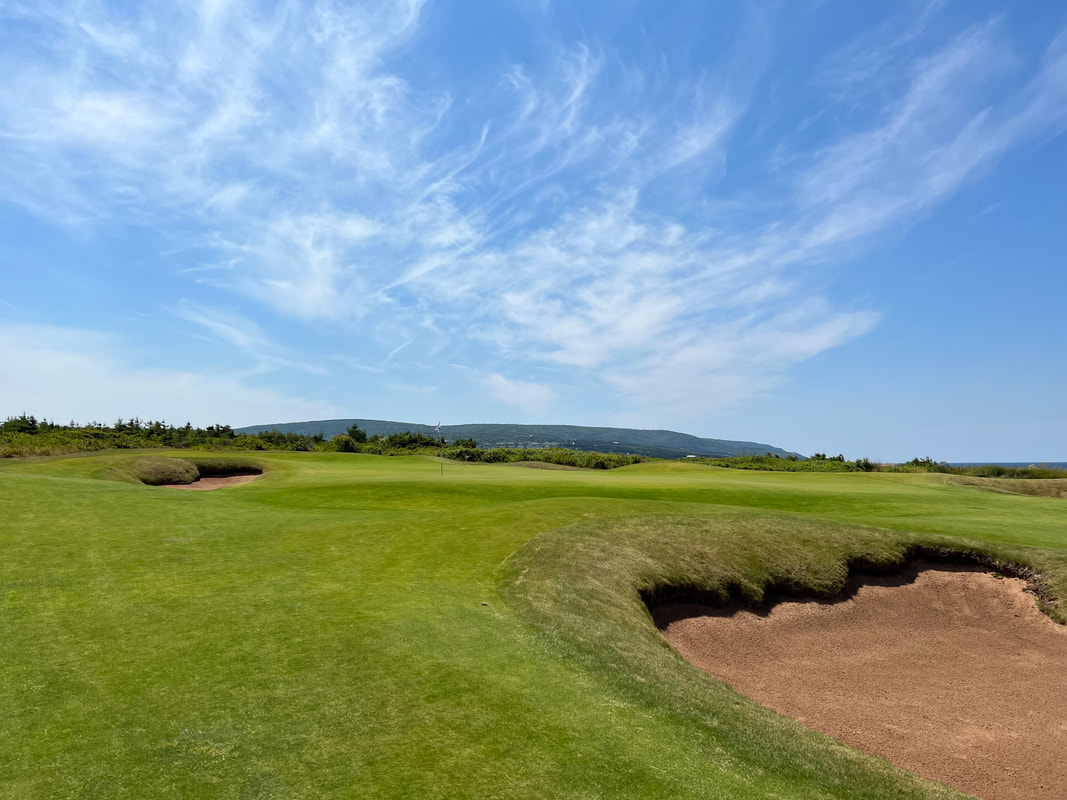
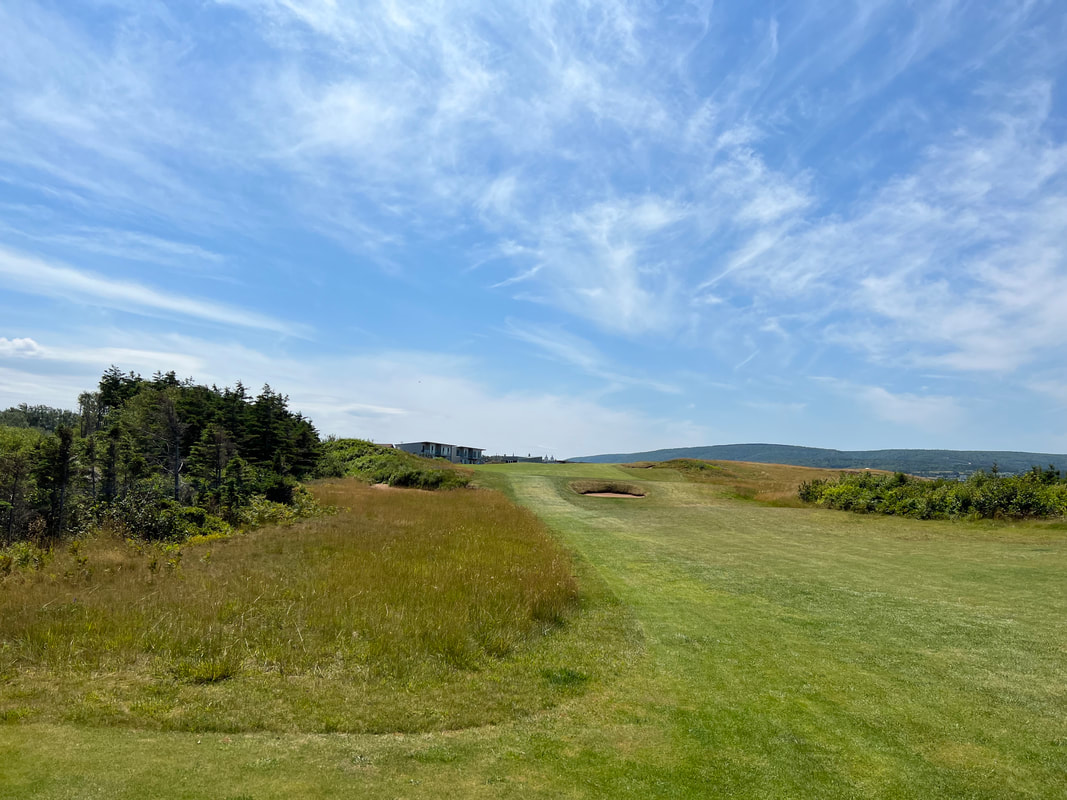
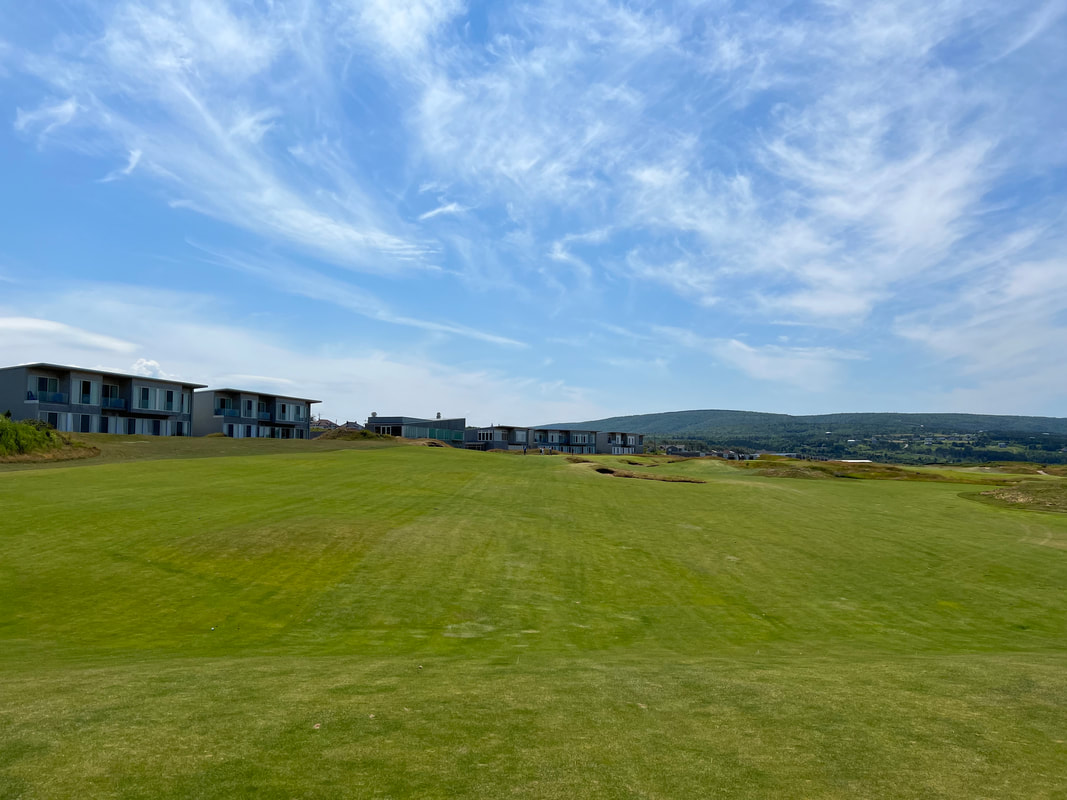
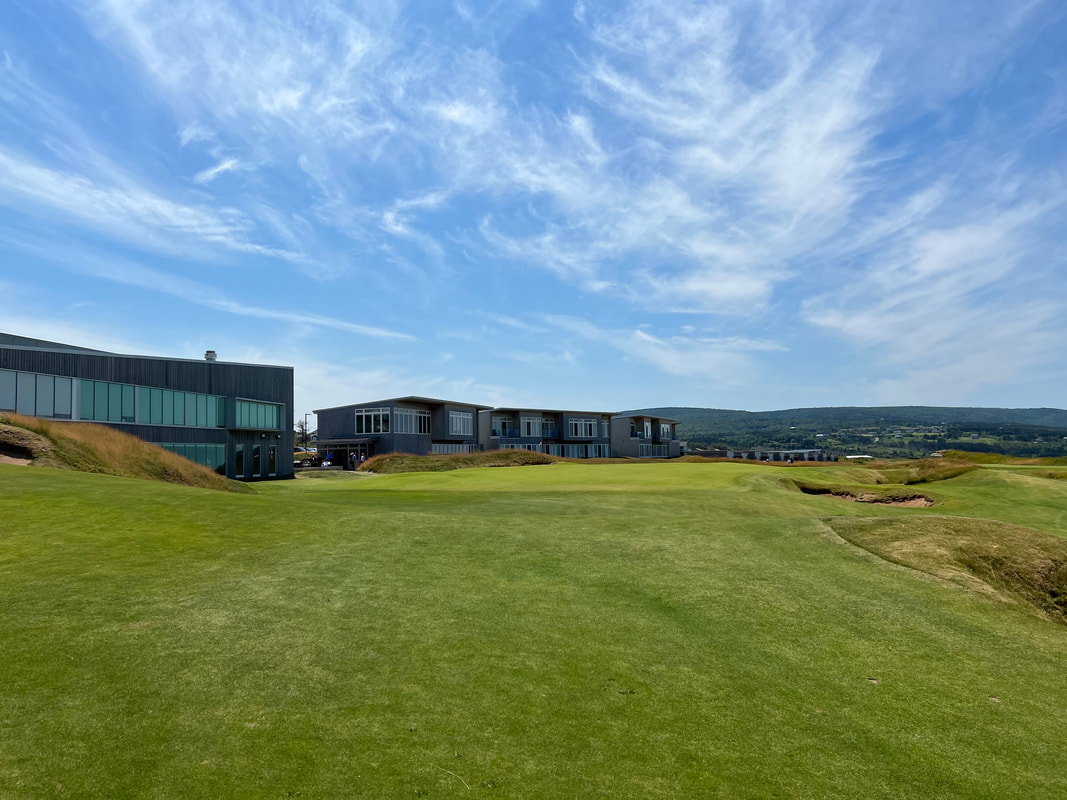
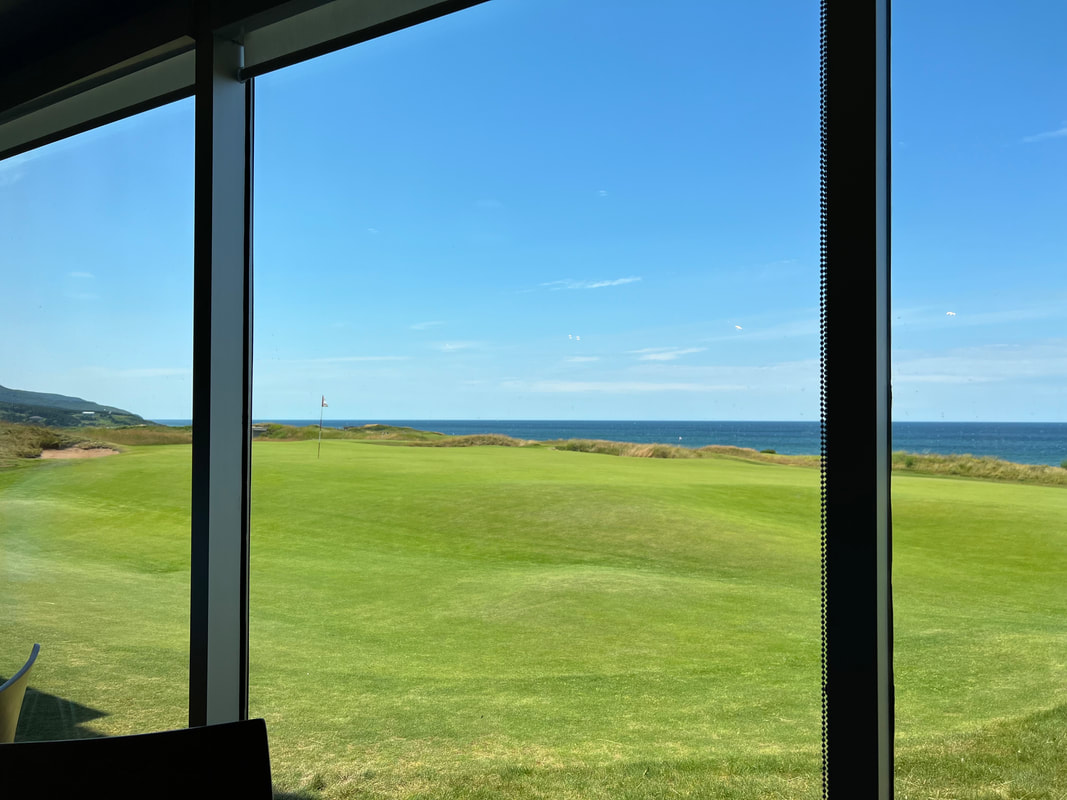
 RSS Feed
RSS Feed